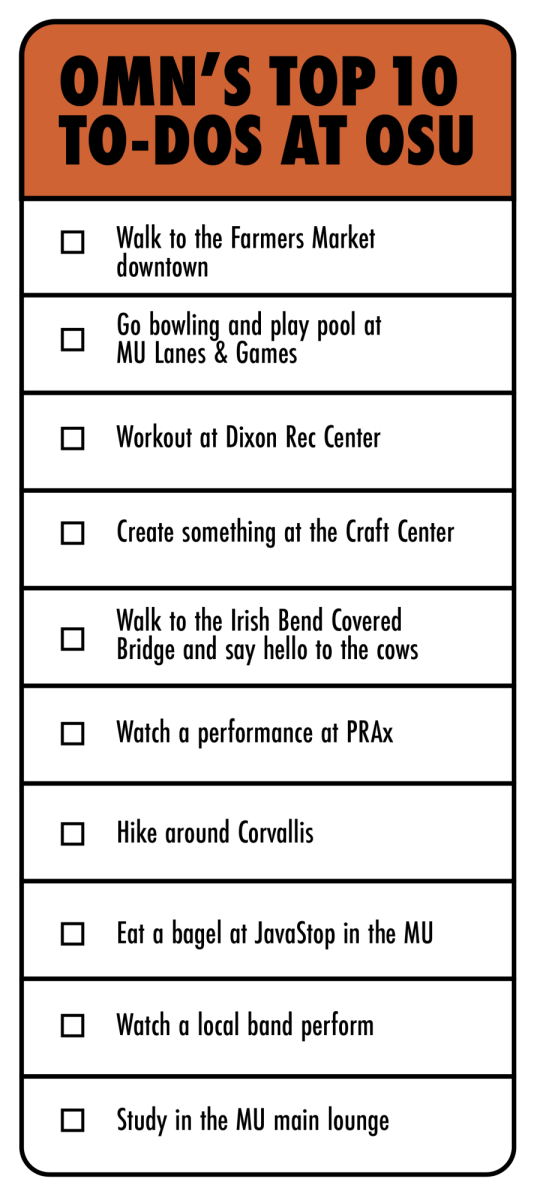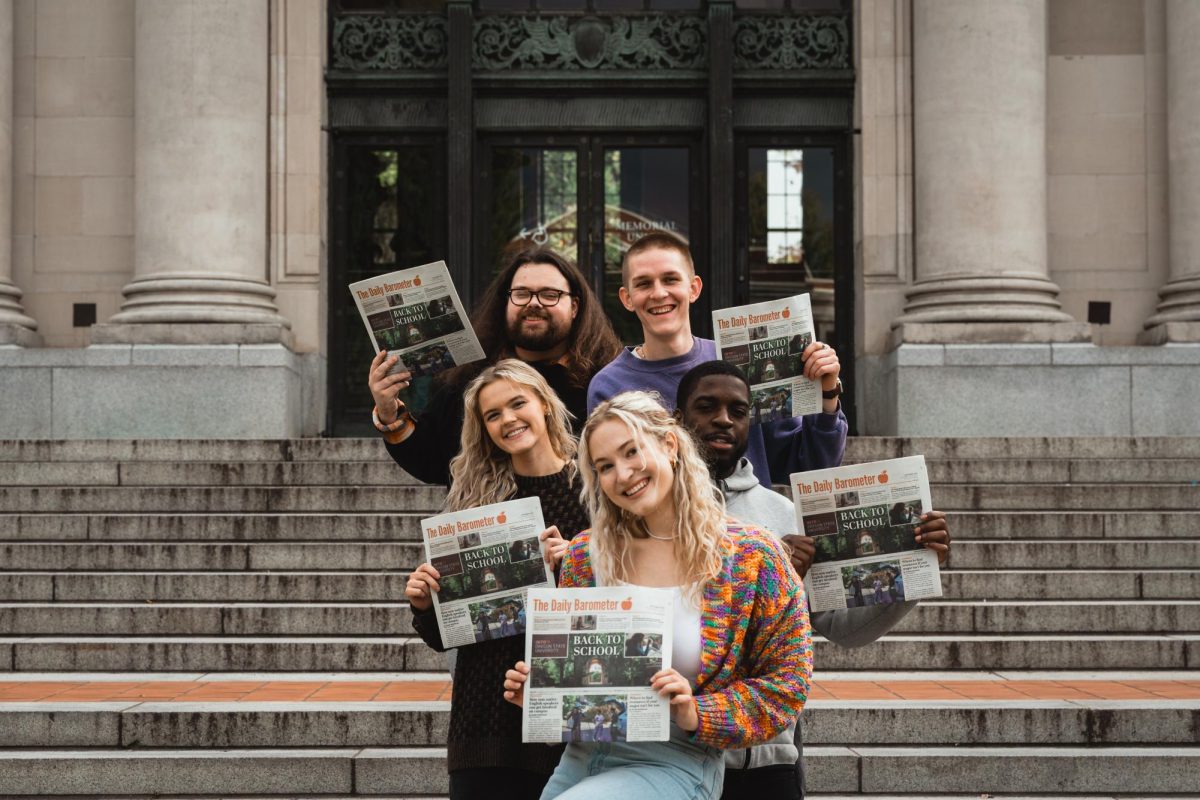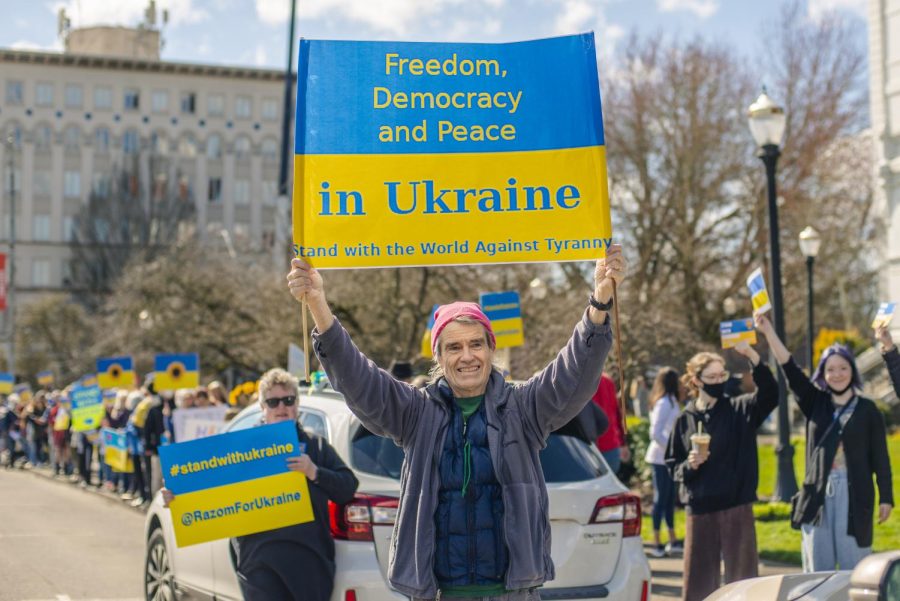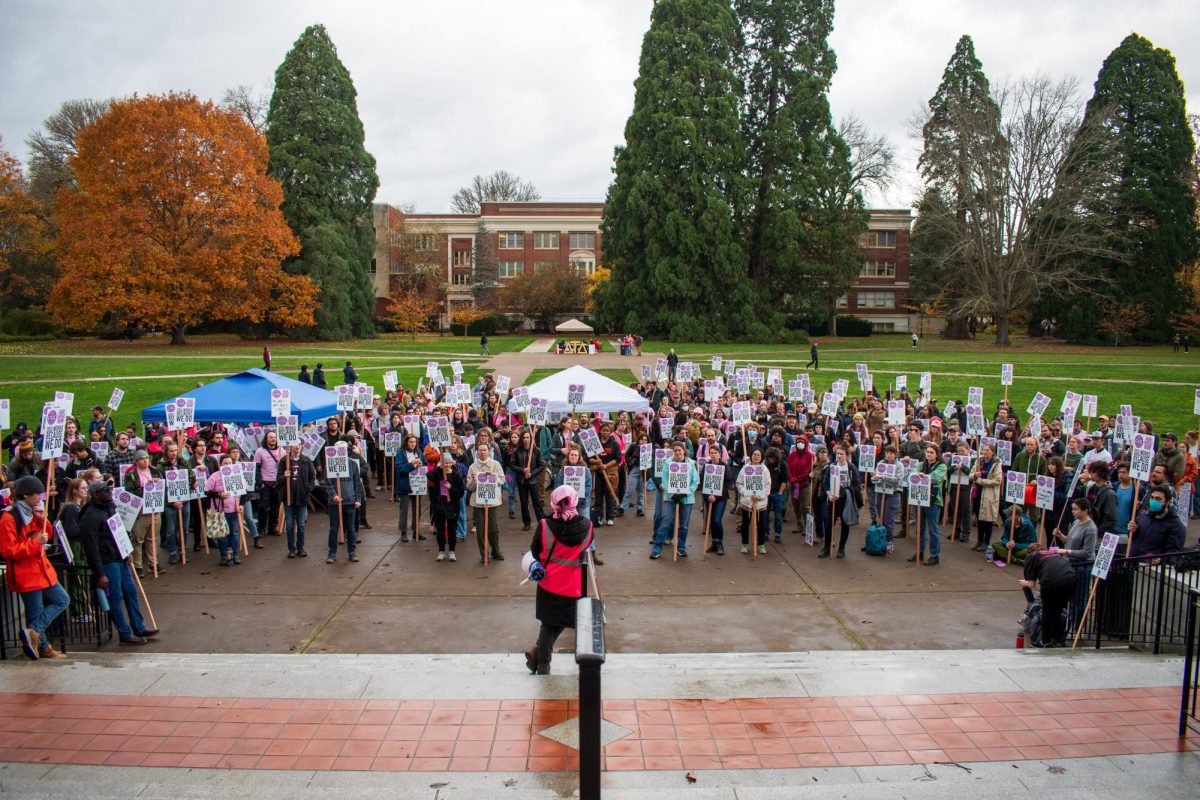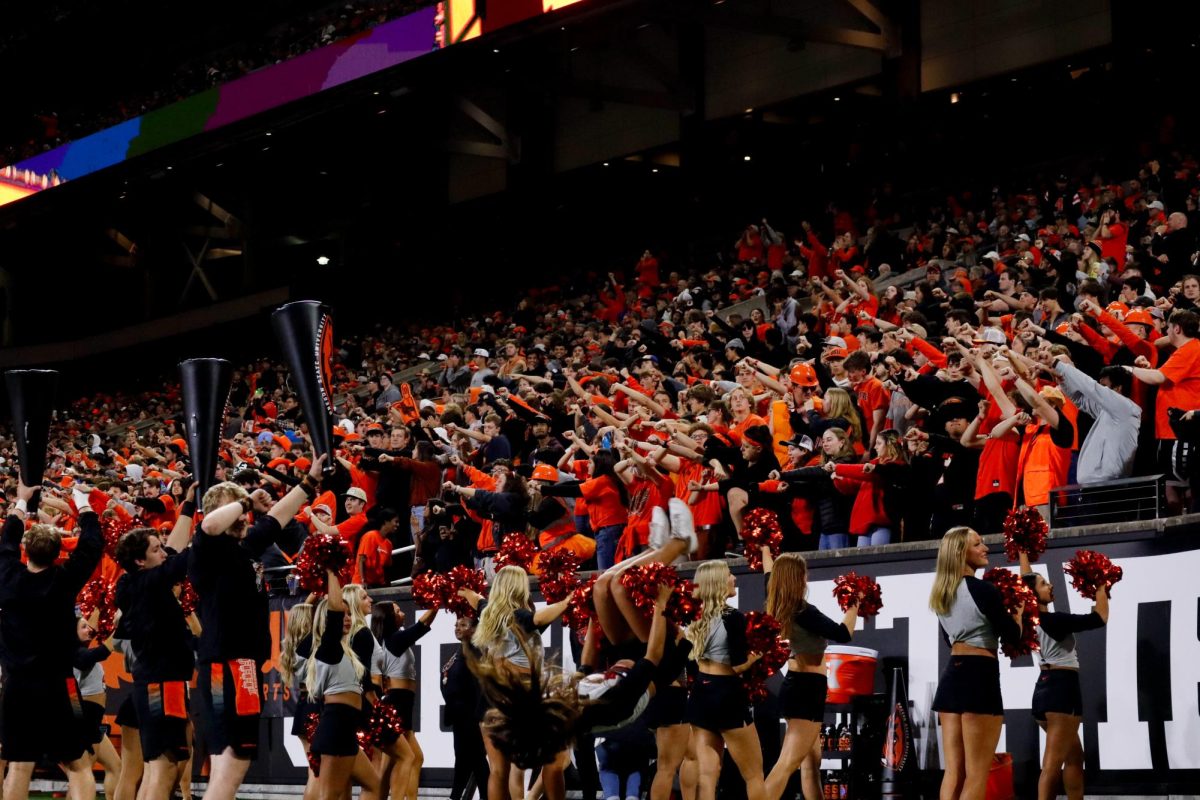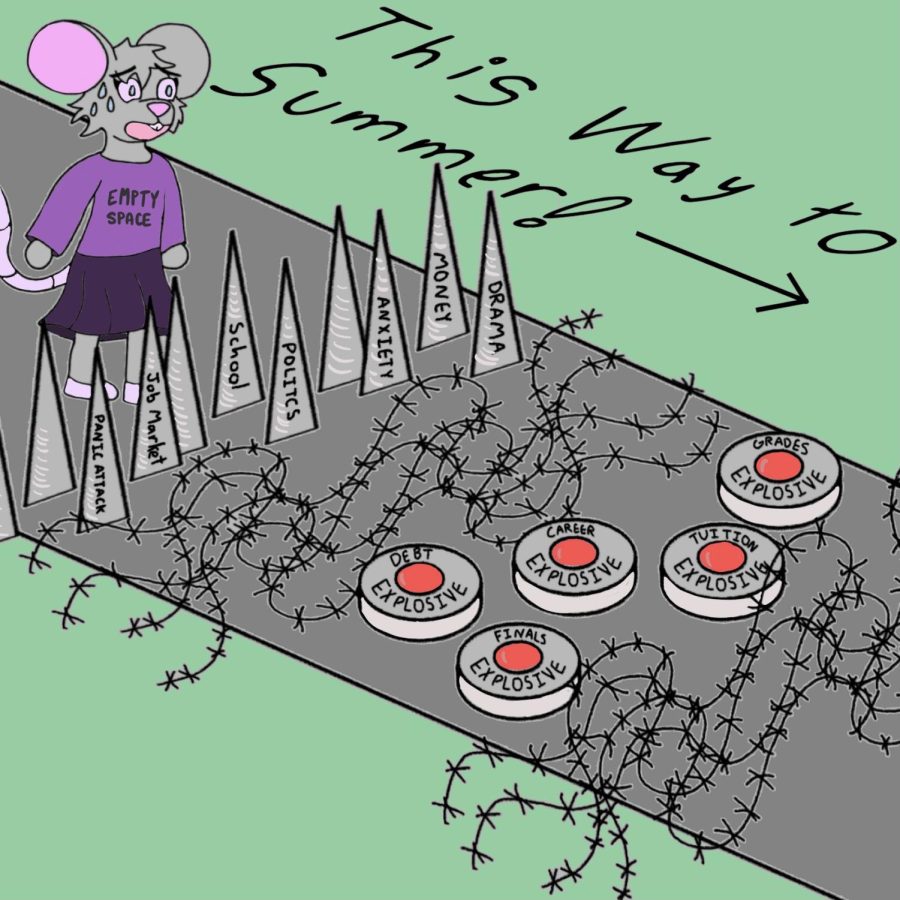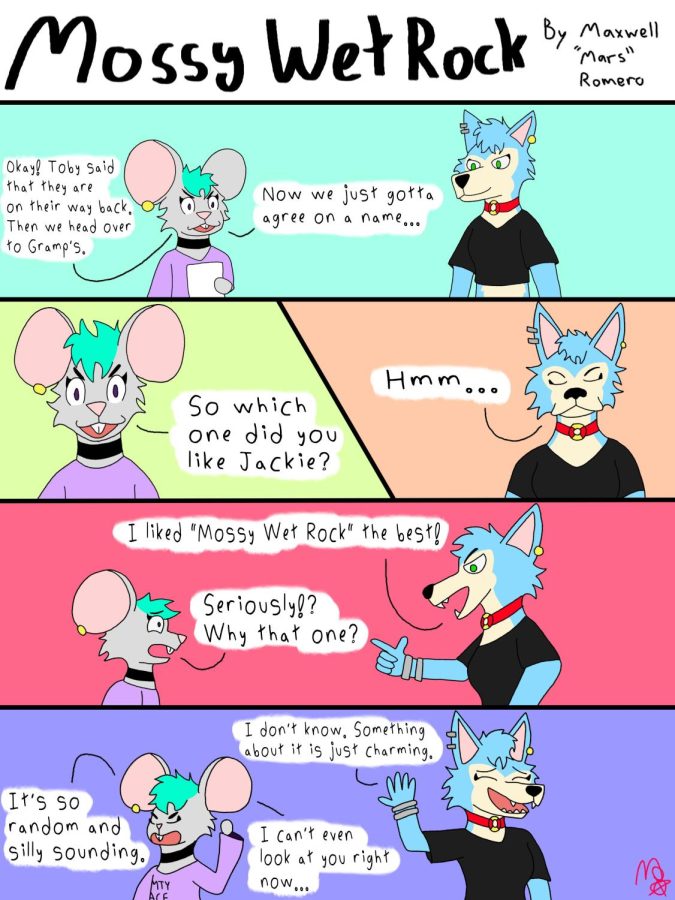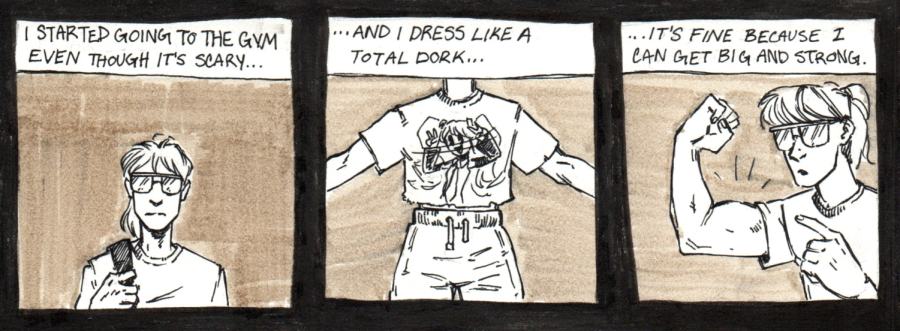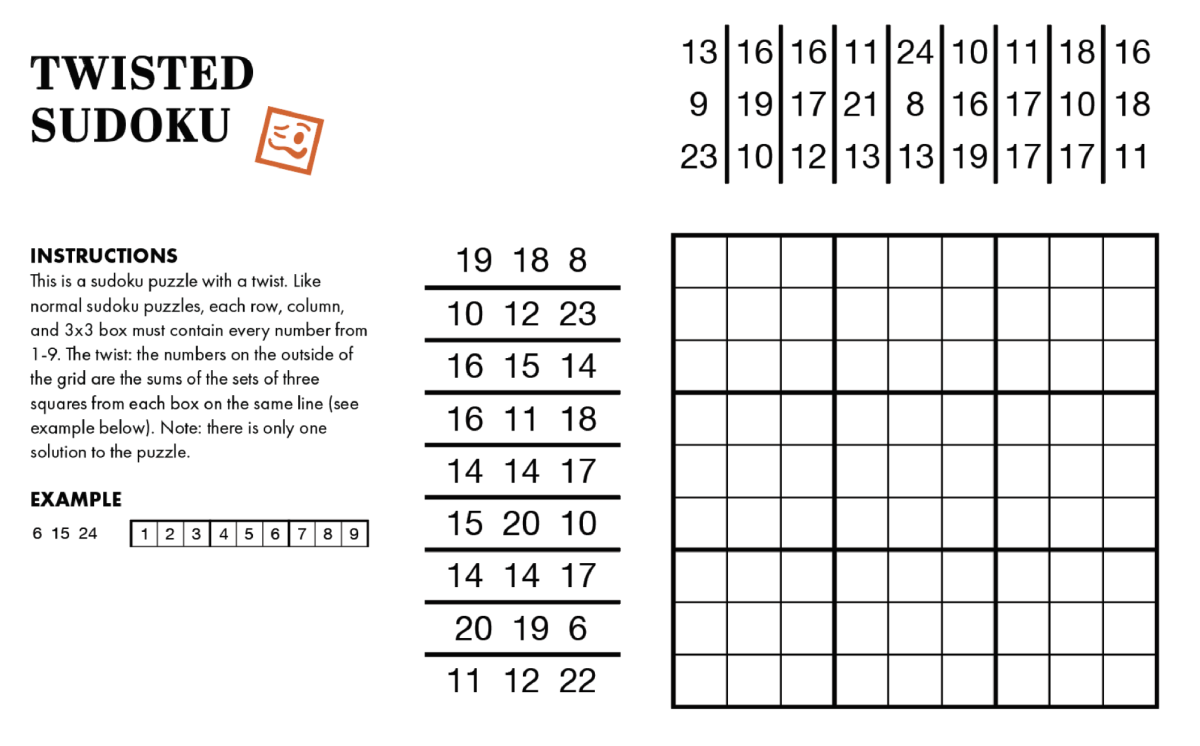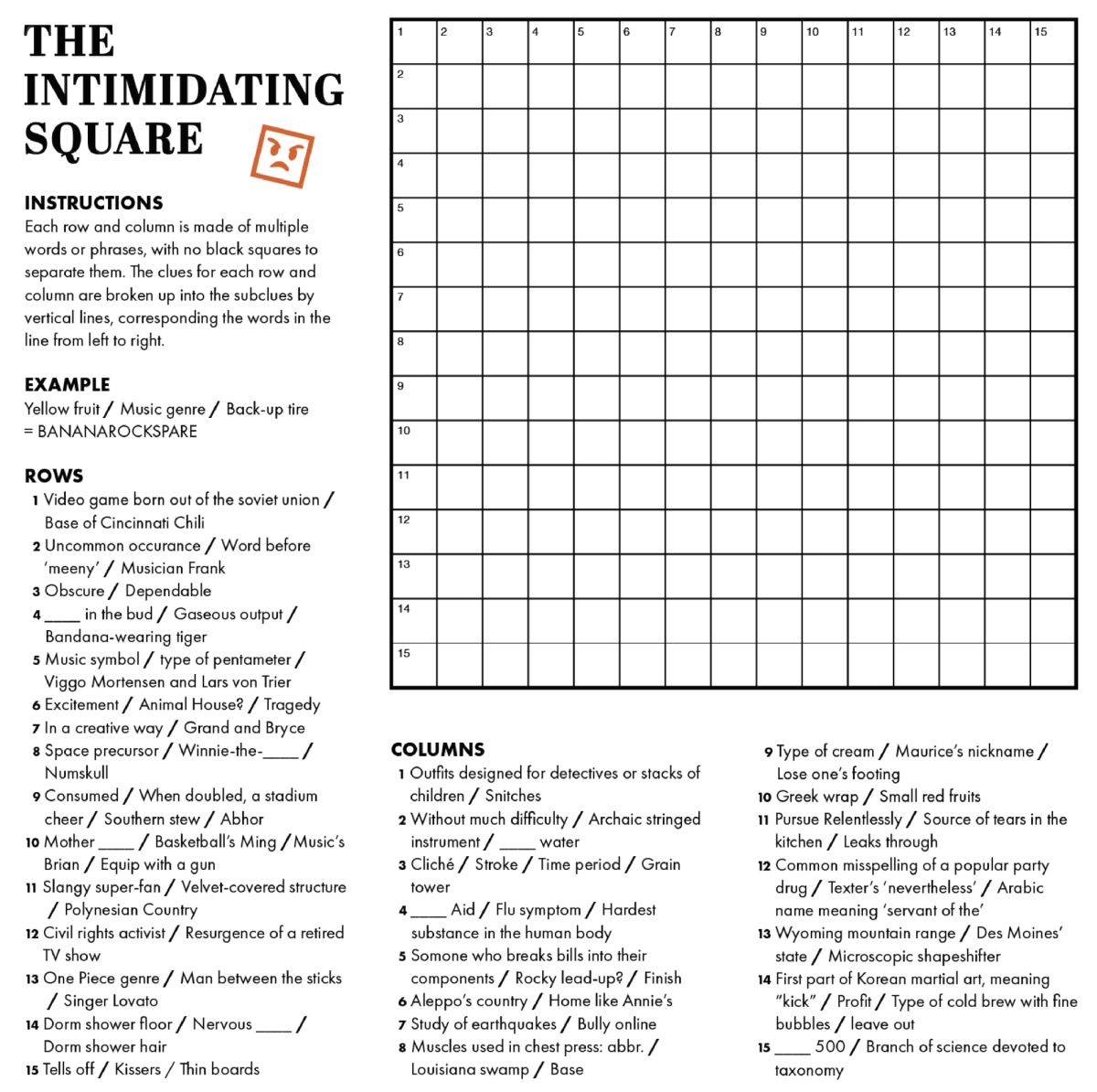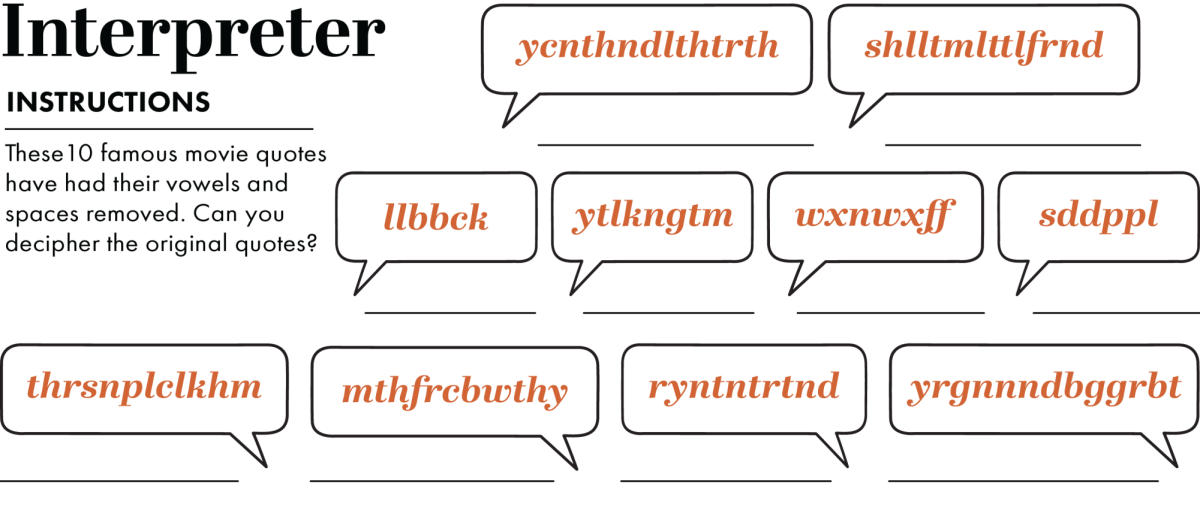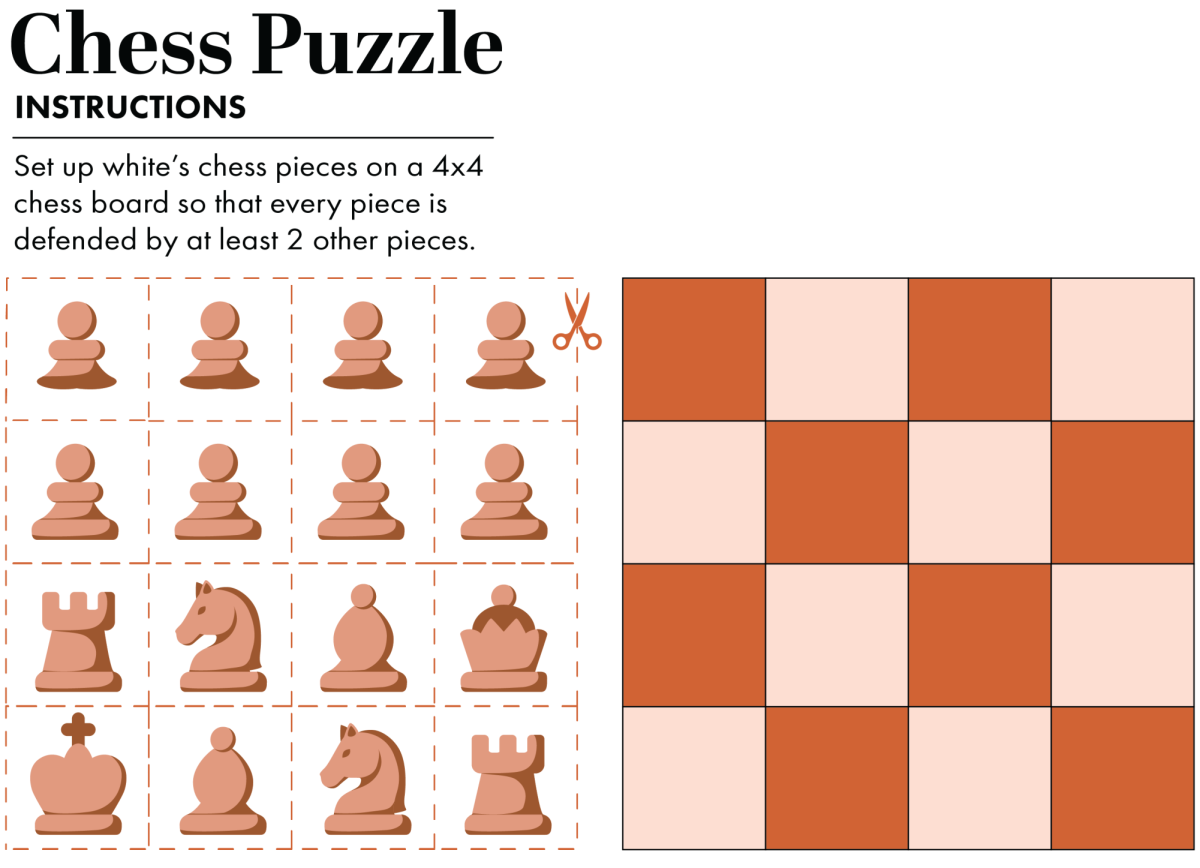Editor’s note: This is a column and does not reflect the views or opinions of the Daily Barometer.
Thought to be lost to the college sports world, the Pac-12 is looking to make its triumphant return sooner than expected, but can it find its missing piece in time?
Since 1915, the Pac-12 has been a pillar of college sports, being one of the few power conferences that made a serious push to stay region-based — sticking primarily to the western side of the country. Former members of the conference come from Oregon, Washington, Colorado, Utah and California.
However, with a mixture of poor media rights and a lack of postseason success in the modern college football format in particular, the NCAA sought to disband the conference, leaving behind only two teams: the Oregon State University Beavers and the Washington State University Cougars.
Being given a two-year grace period, the Pac must find one more institution to join their ranks to have at least eight “all sport” participants to be re-legitimized as a Power Five conference.
Although they have now managed to total eight programs, one of them is going in as a non-football member, Gonzaga University. The conference now has until 2026 to add its final program.
On Sept. 12, five other institutions joined the Pac-12: Boise State University, Colorado State University, Fresno State University, Utah State University and San Diego State University. Turned primarily to the Mountain West Conference, all new additions are from the conference.
So, the question remains: Who will be the last university to join?
The current biggest front-runners are Texas State University and the University of Nevada, Las Vegas.
The UNLV Rebels have recently come under scrutiny for being unable to pay the remainder of football head coach Dan Mullen’s remaining three seasons left of his contract.
“Absolutely, I think UNLV will join a power conference in the future and the only reason why they aren’t in one now is because of the $20+ million of debt UNLV Athletics is in,” said Ryan Gilder, former Scarlet and Gray sports editor at UNLV.
A key note is that the Pac-12 is helping pay exit fees for their new members from the previous conferences to further build new relationships with these new programs and institutions.
If UNLV is still struggling financially, even with their claims to still remain in the Mountain West, the Pac-12 may become more enticing from a financial standpoint. Getting to stay regional as well further adds to their case, with Nevada being sandwiched between several states that now include Pac-12 schools.
As for Texas State, the Bobcats play in the booming sports market that is the state of Texas. There is a great possibility that the Pac-12 will look to reach out down south for a new, rowdy audience.
Under head coach G.J. Kinne, their football team has seen eight consecutive winning seasons. When you add on a strong baseball team and a women’s basketball team, they would be a fine addition and a cheap one at that, as the SunBelt’s exit fee would be around only $5 million.
Yet, UNLV is still the favorite as of this moment, due to the previously mentioned financial and geographical reasons, and the Rebels have accomplished significantly more with their sports programs than the Bobcats. The Rebels exit fee is estimated to be a little over $10 million.
“If UNLV can stay in contention for a College Playoff spot and pay off their debt within the Mullen era and chip away at its debt, they will possibly have an opportunity to join either the Pac-12 or BIG-12,” Gilder said.
The Pac-12 has until the start of the 2026-2027 calendar school year to find its missing piece. Fans are hoping and clamoring for the conference to find its final program and make its triumphant return.
The Daily Baro sports team has started a sports talk show with KBVR FM. Listen here to the first episode online.



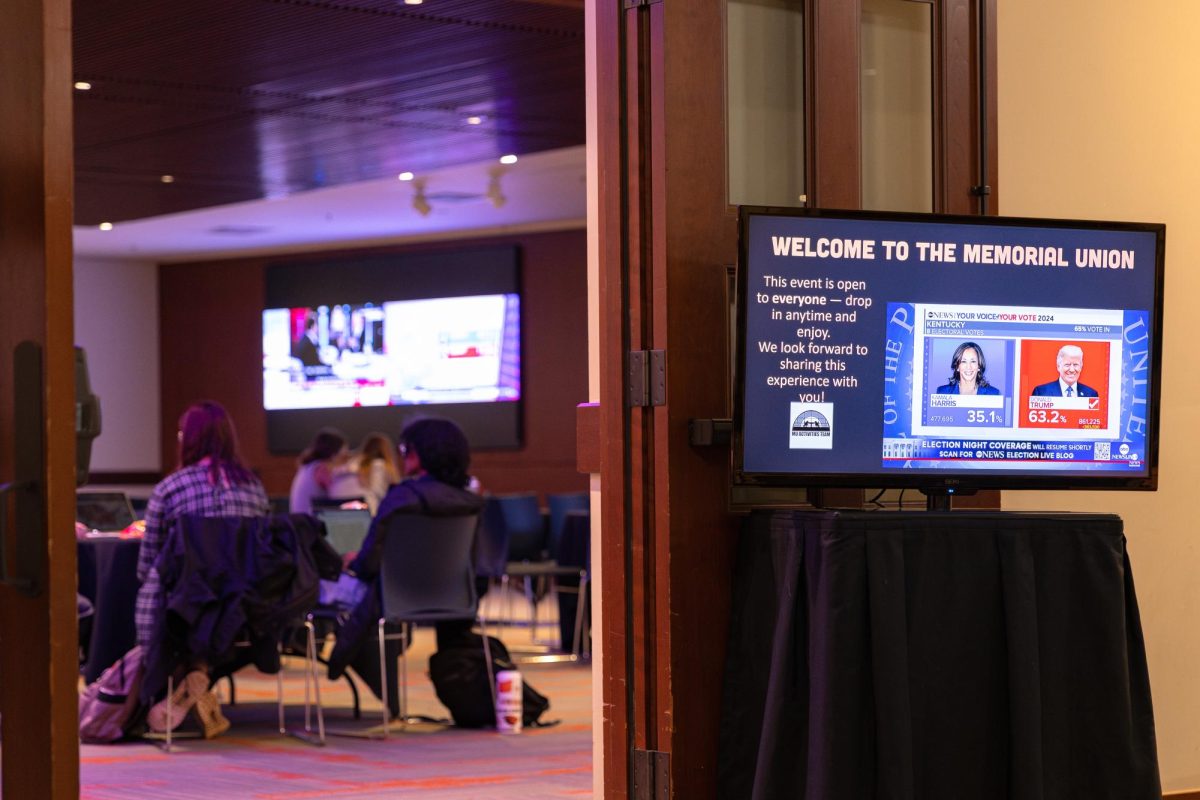

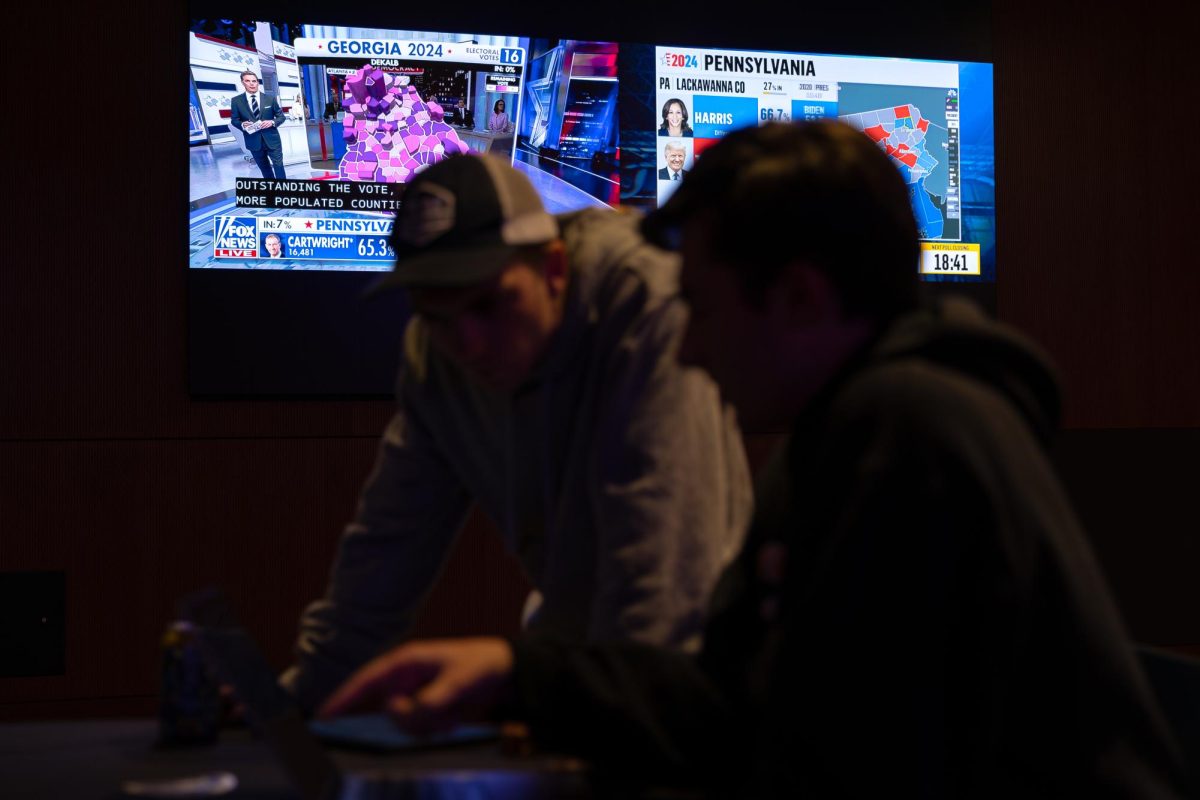
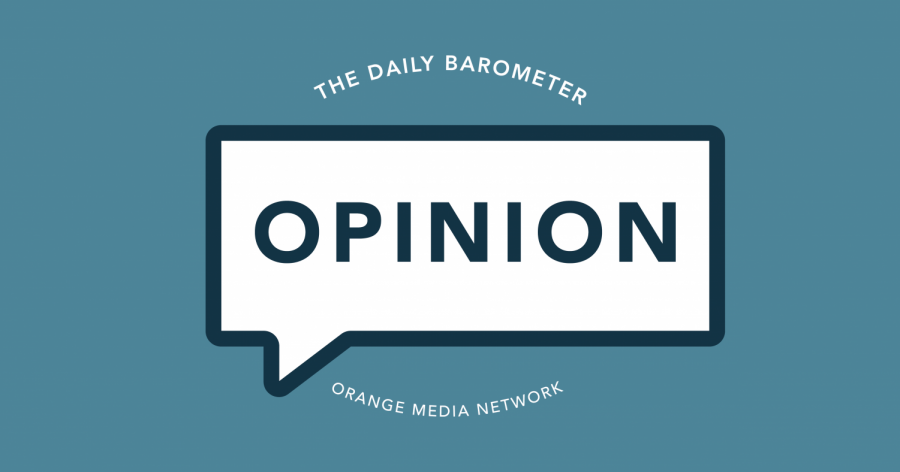
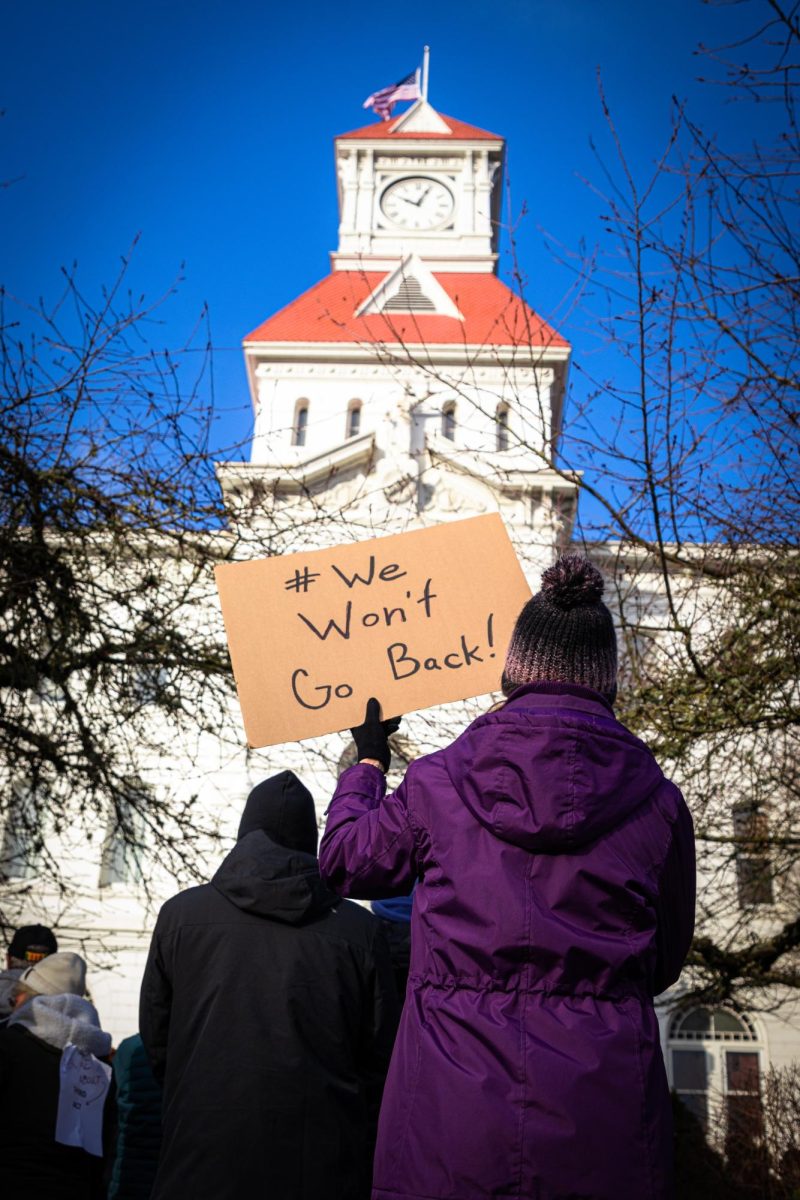
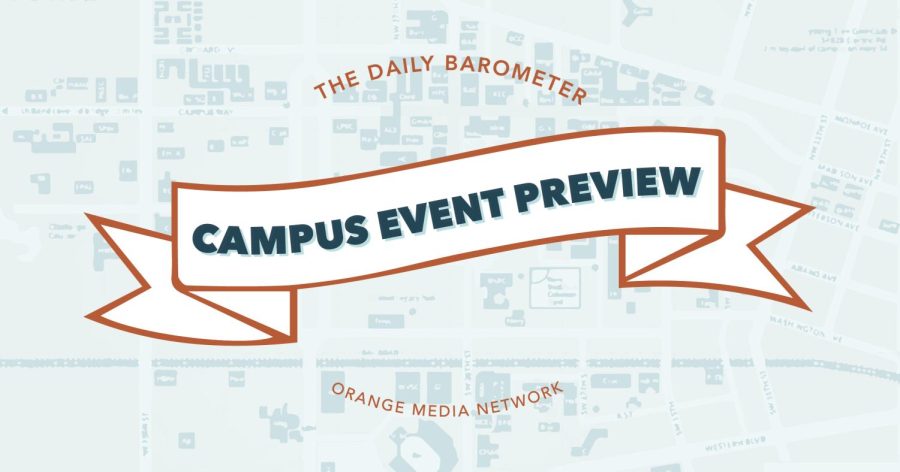
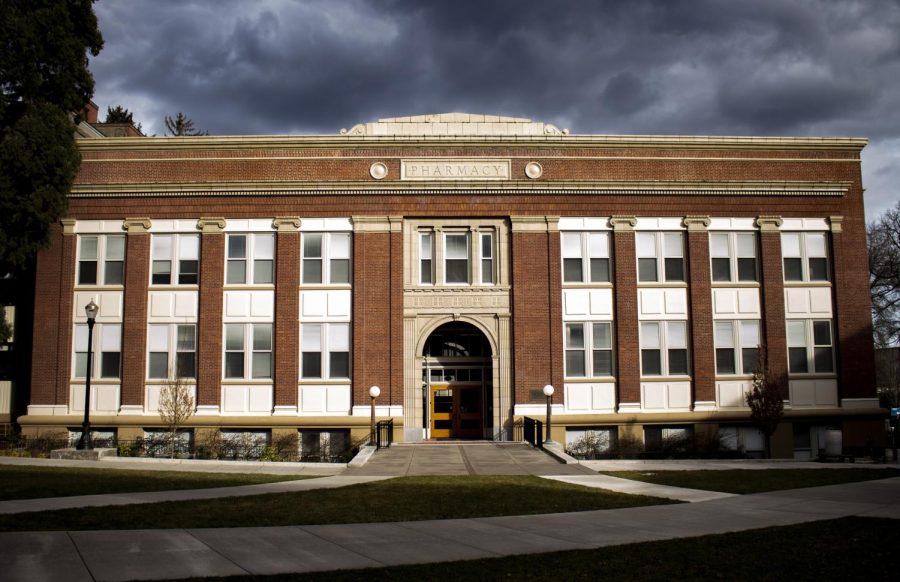

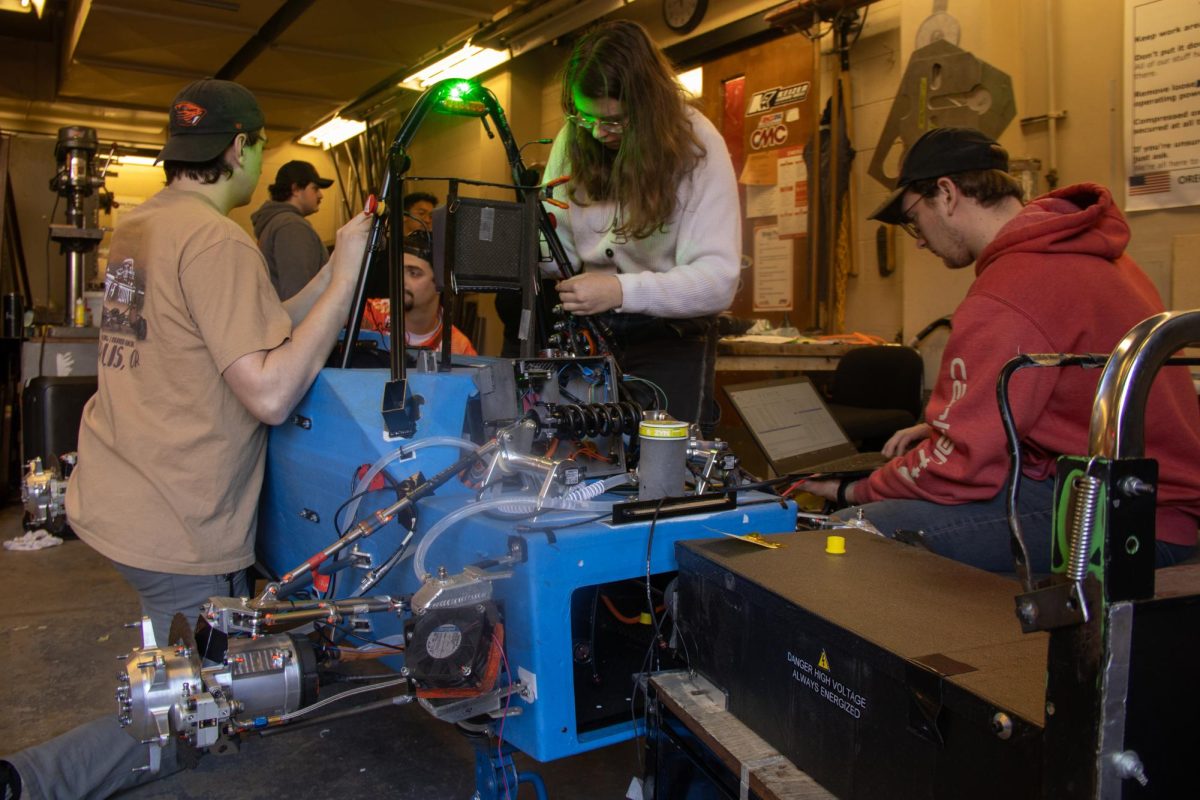
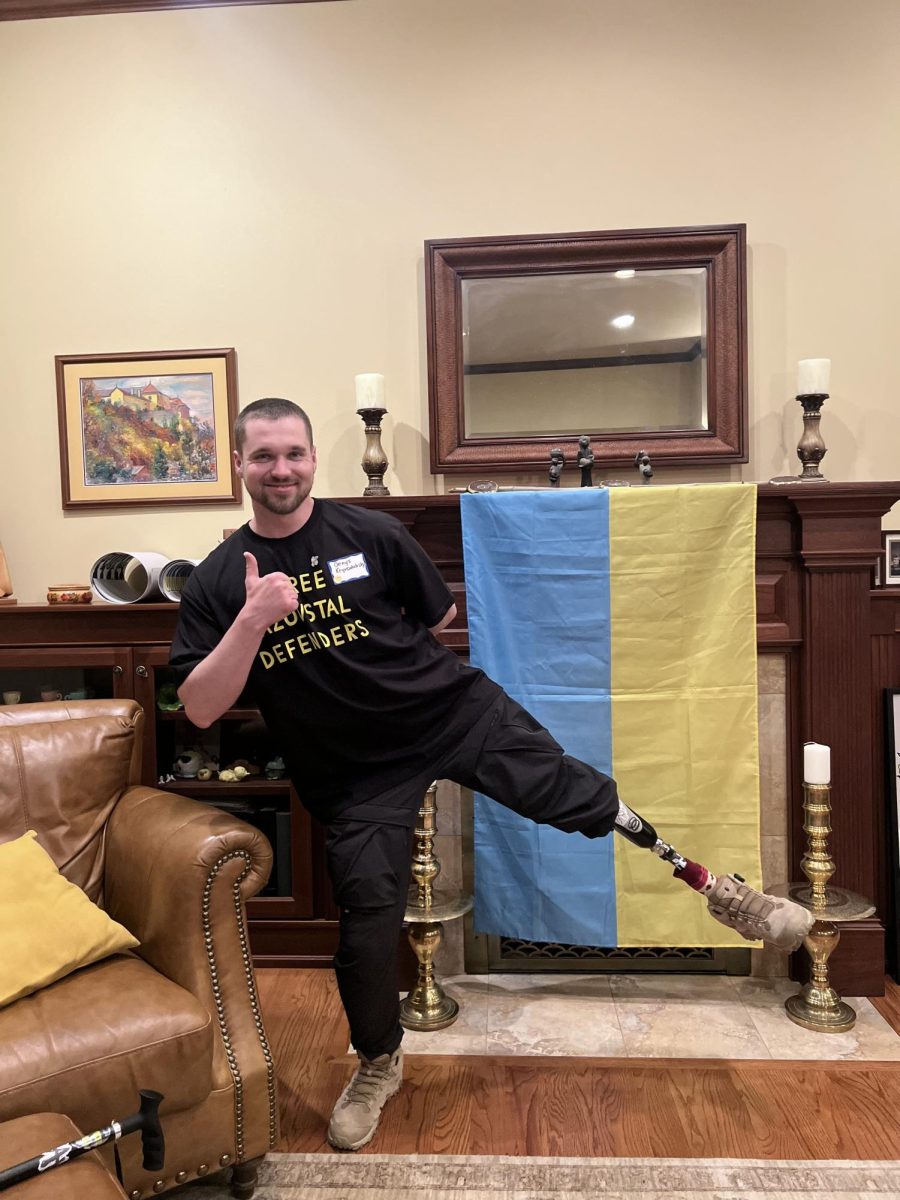


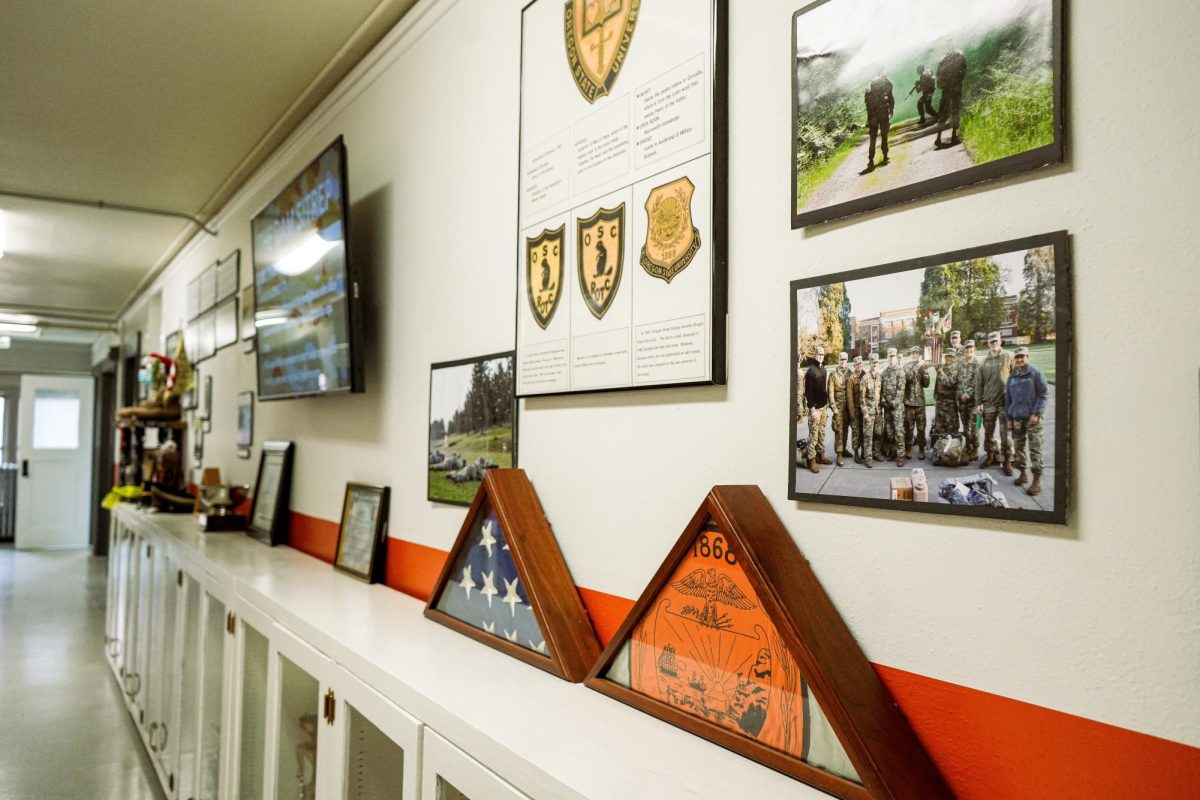


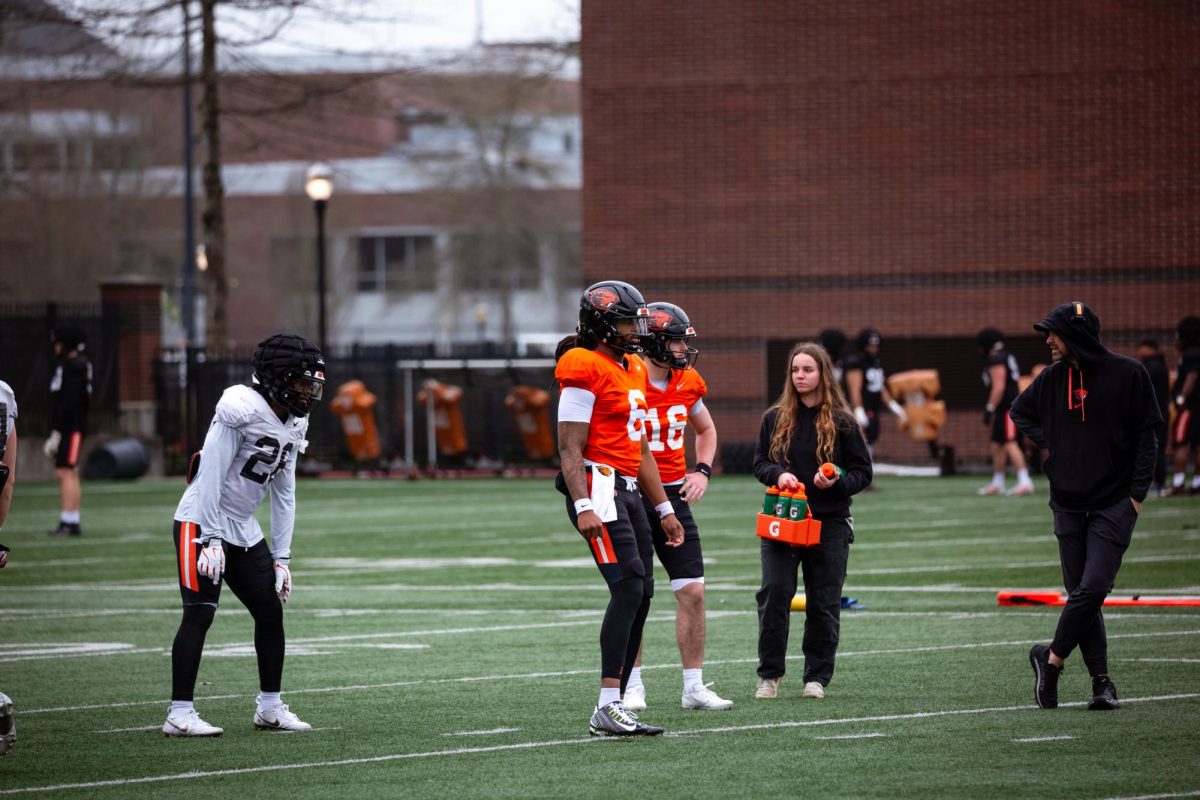
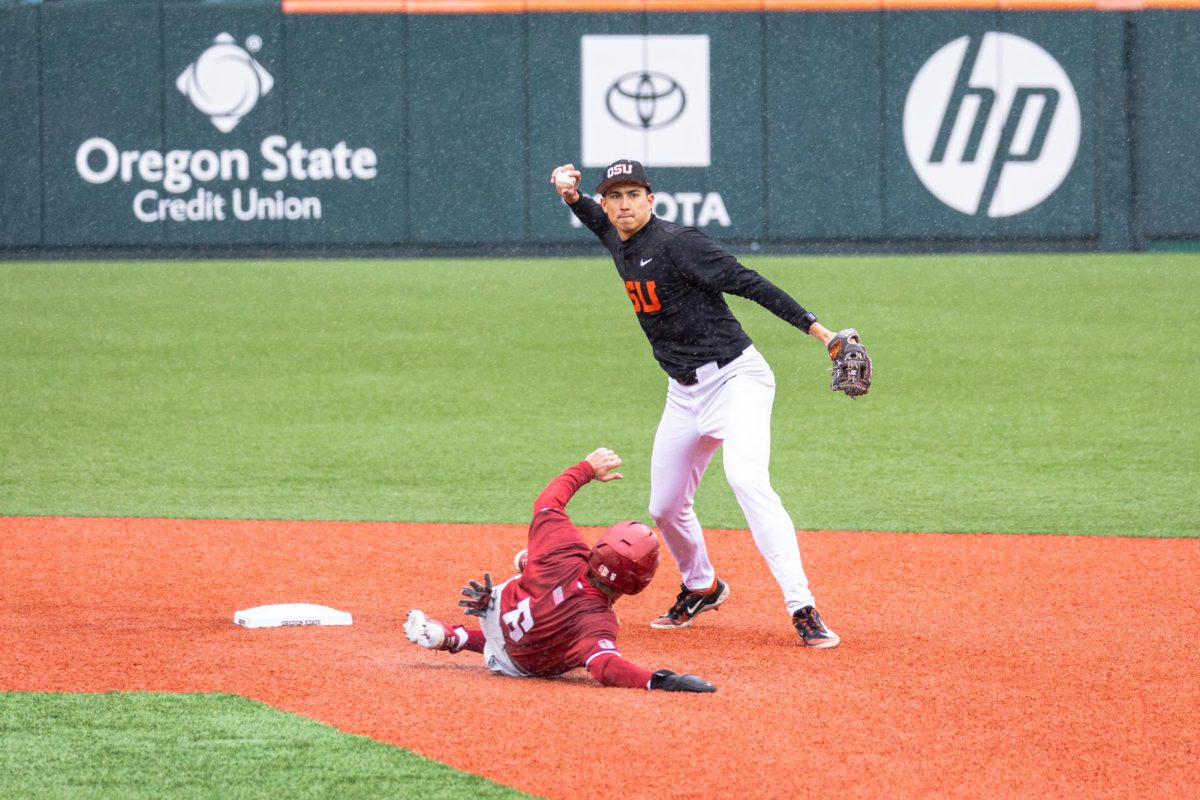


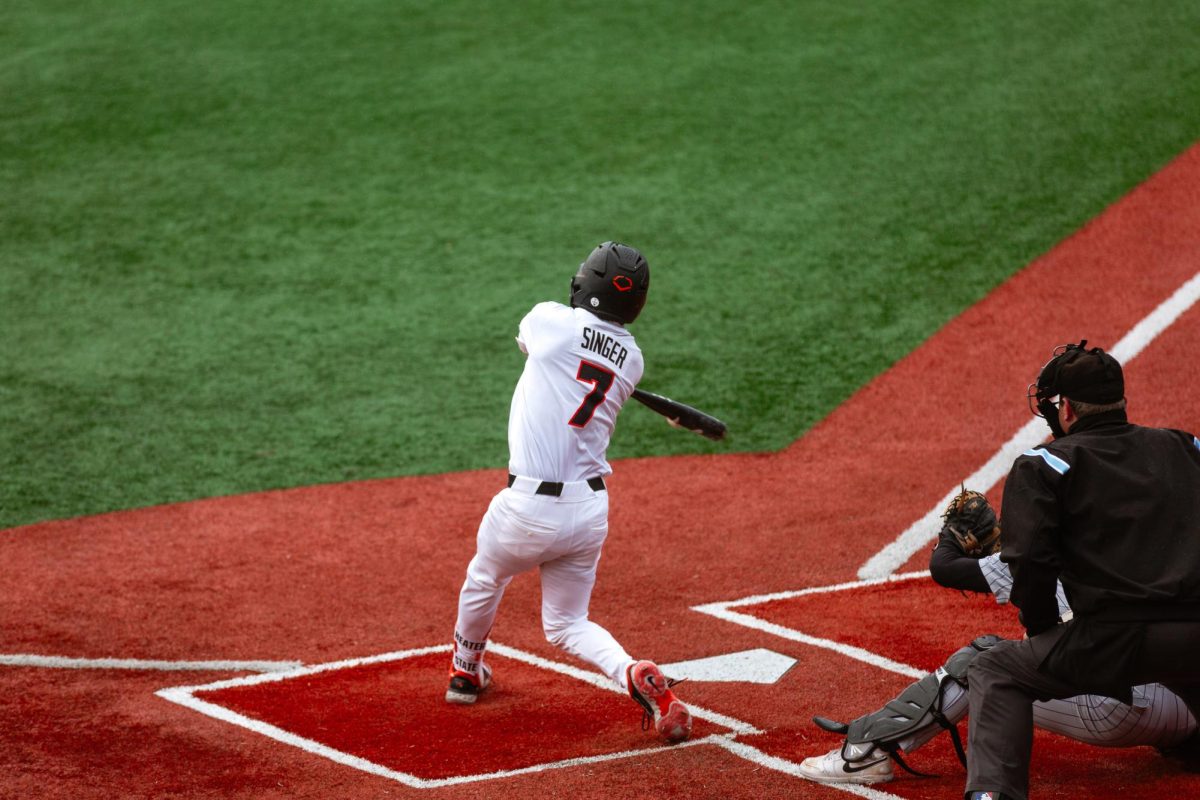
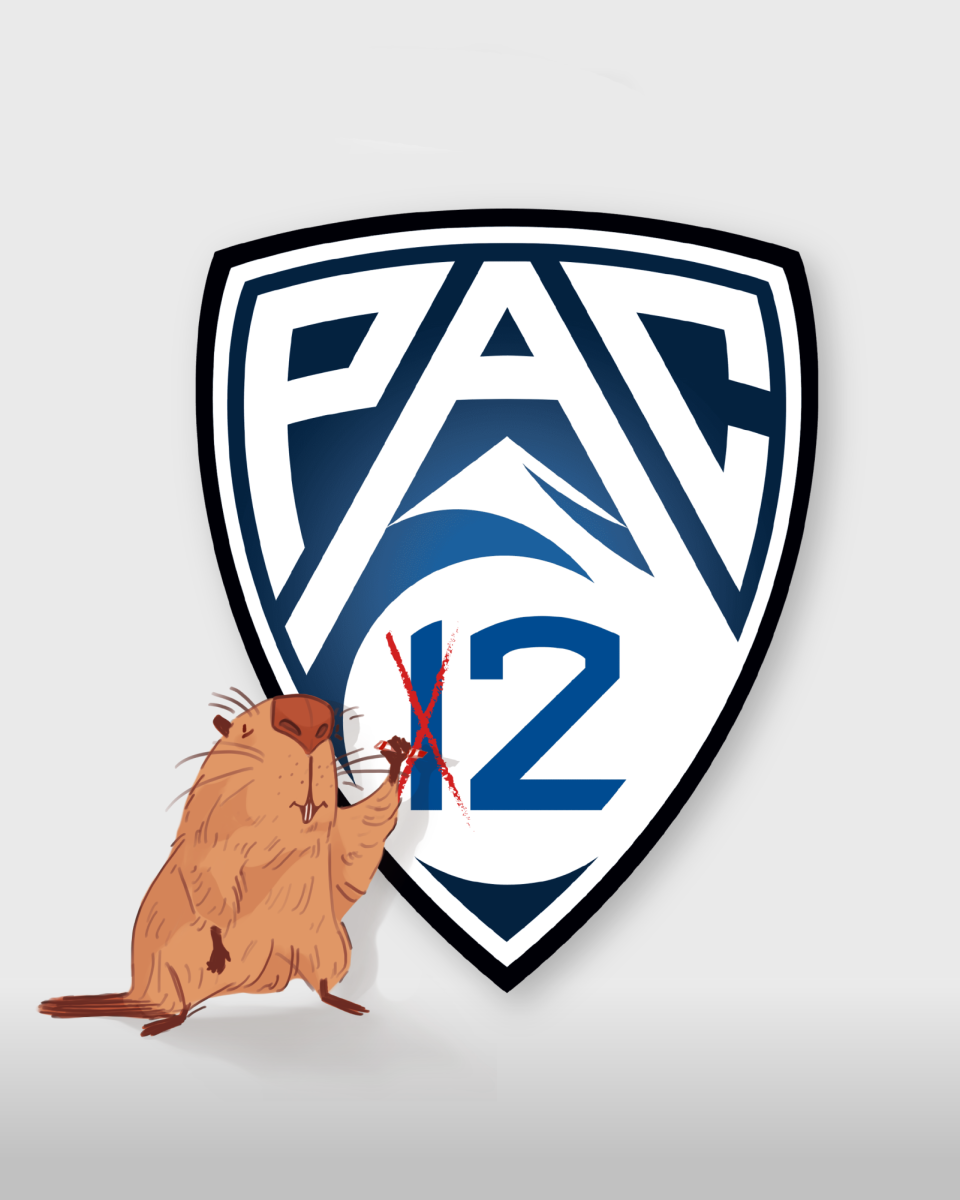
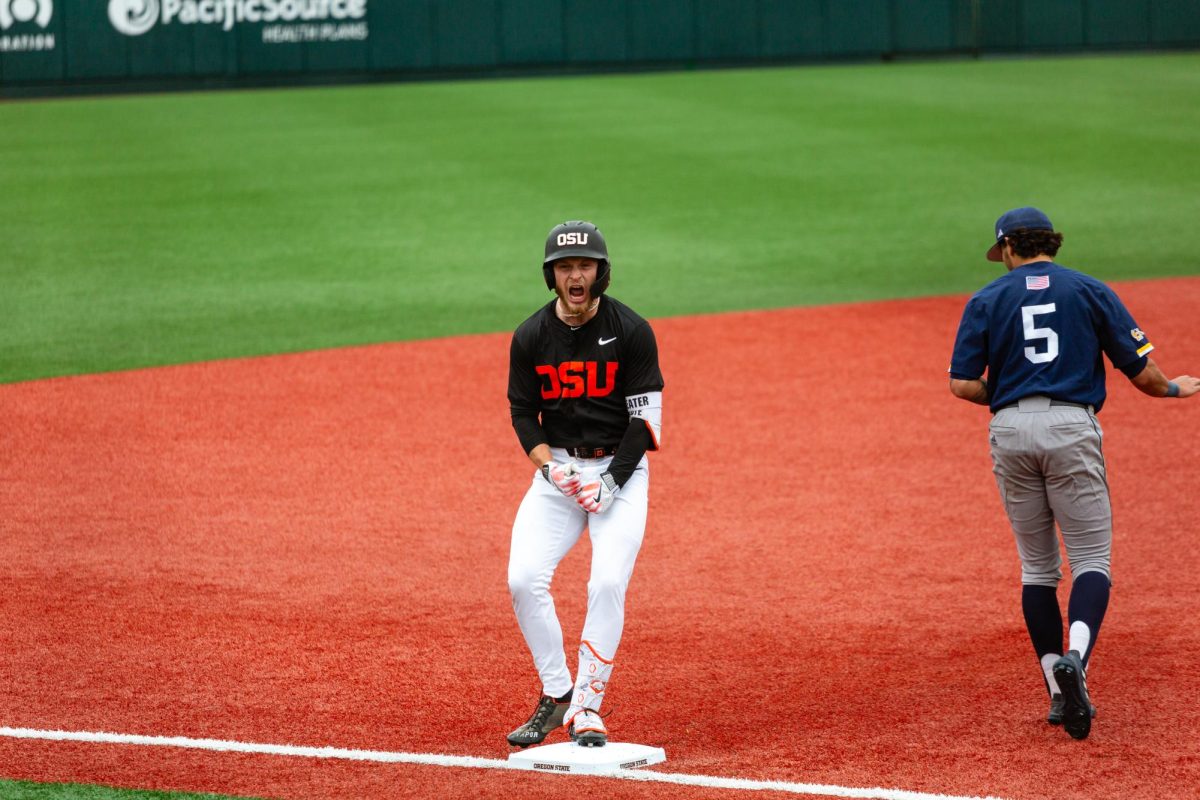

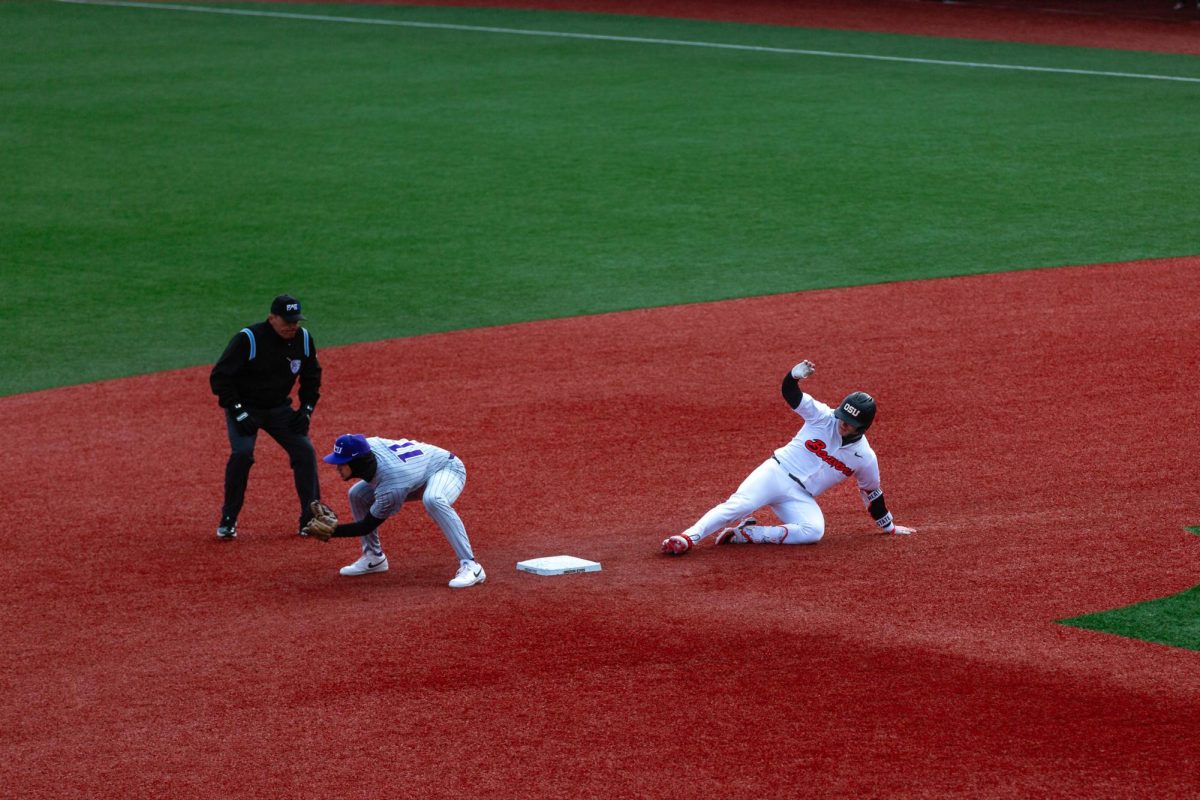

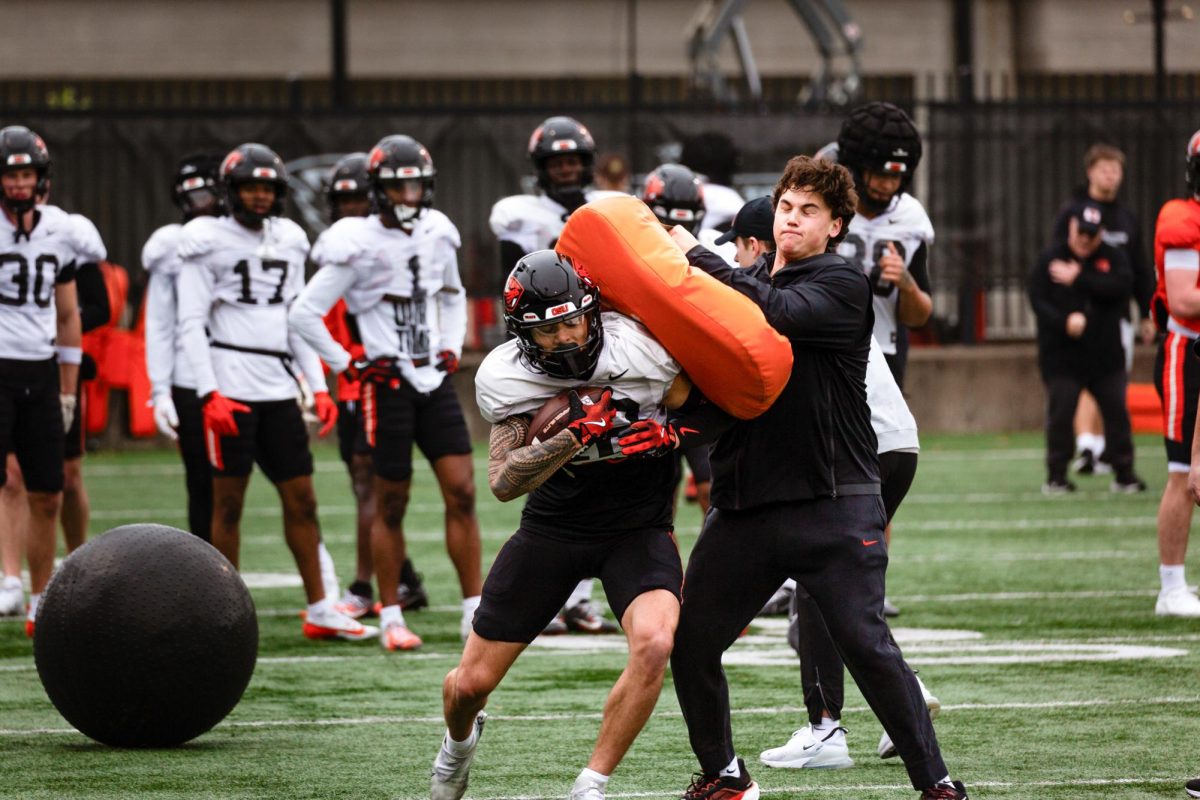
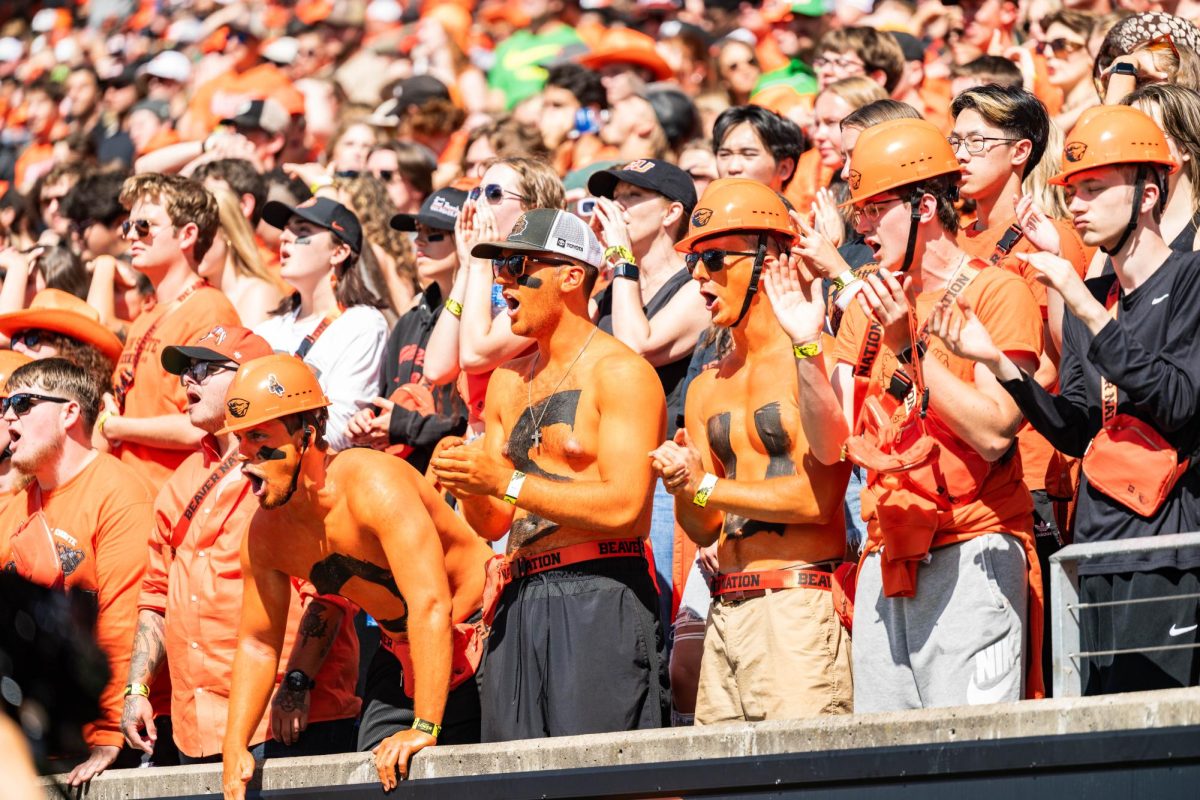

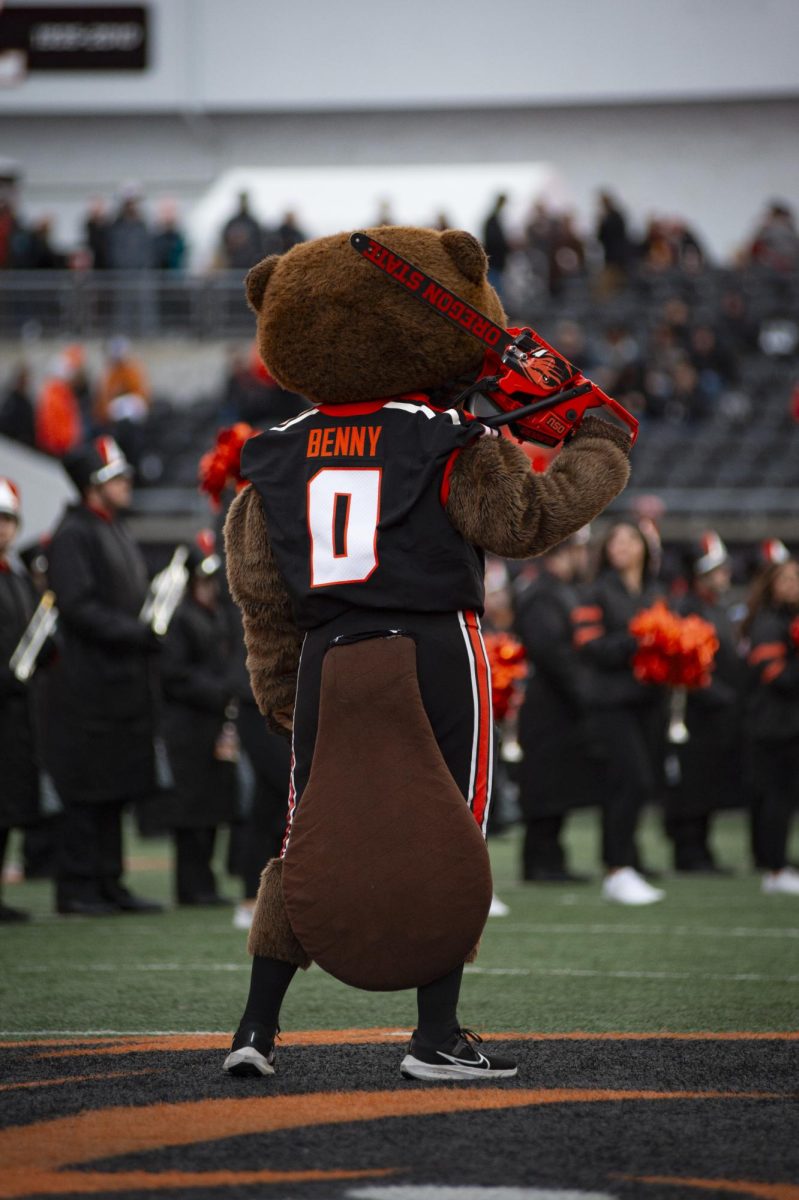
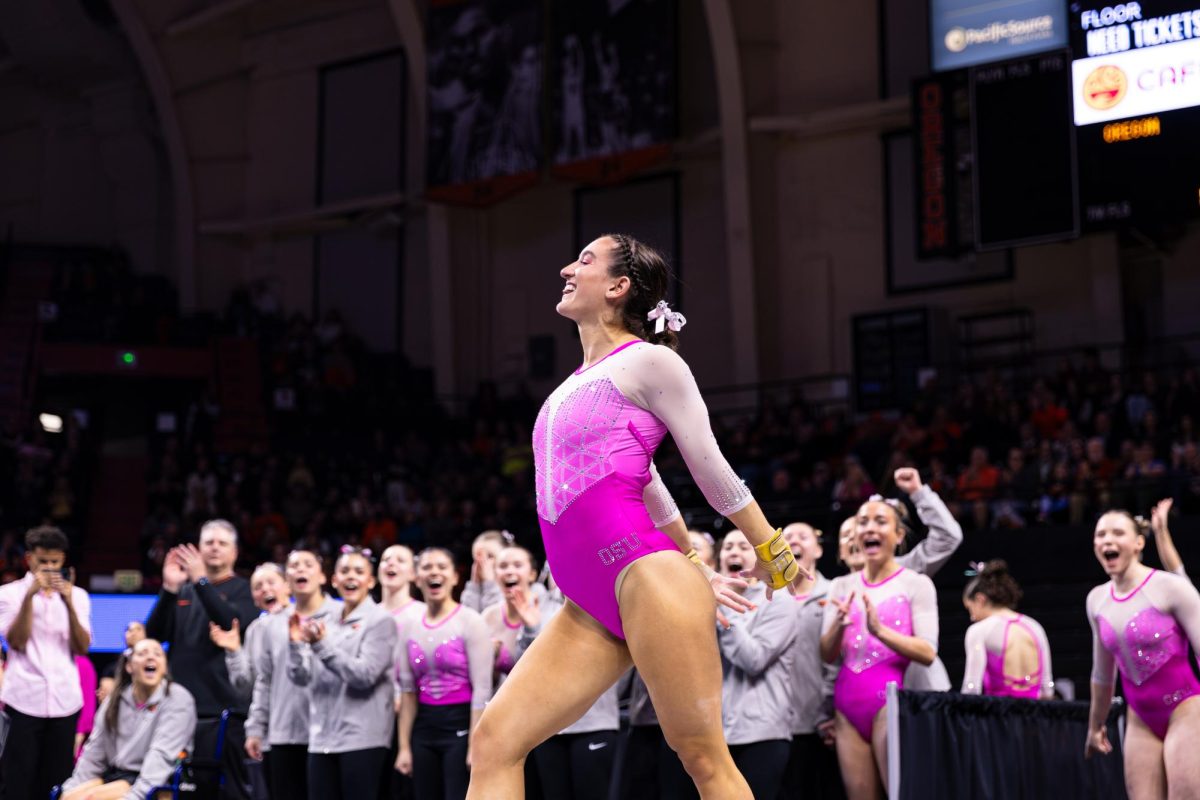
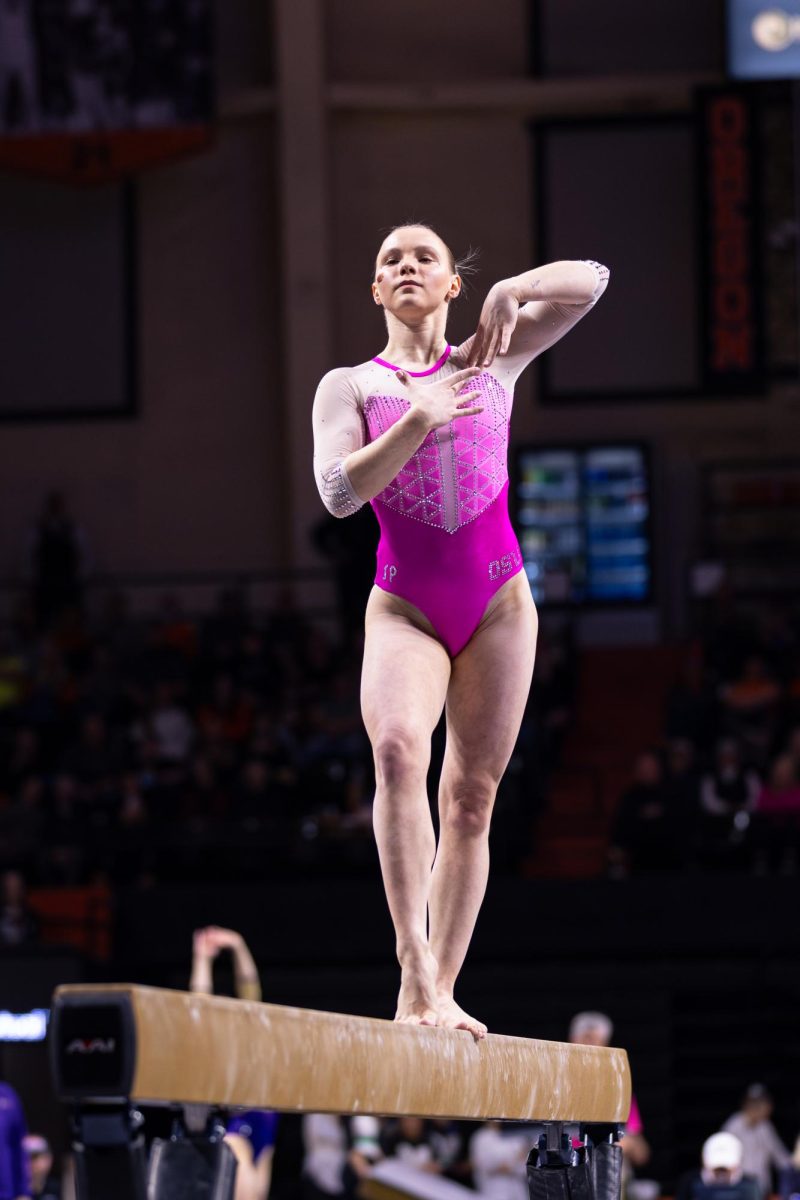
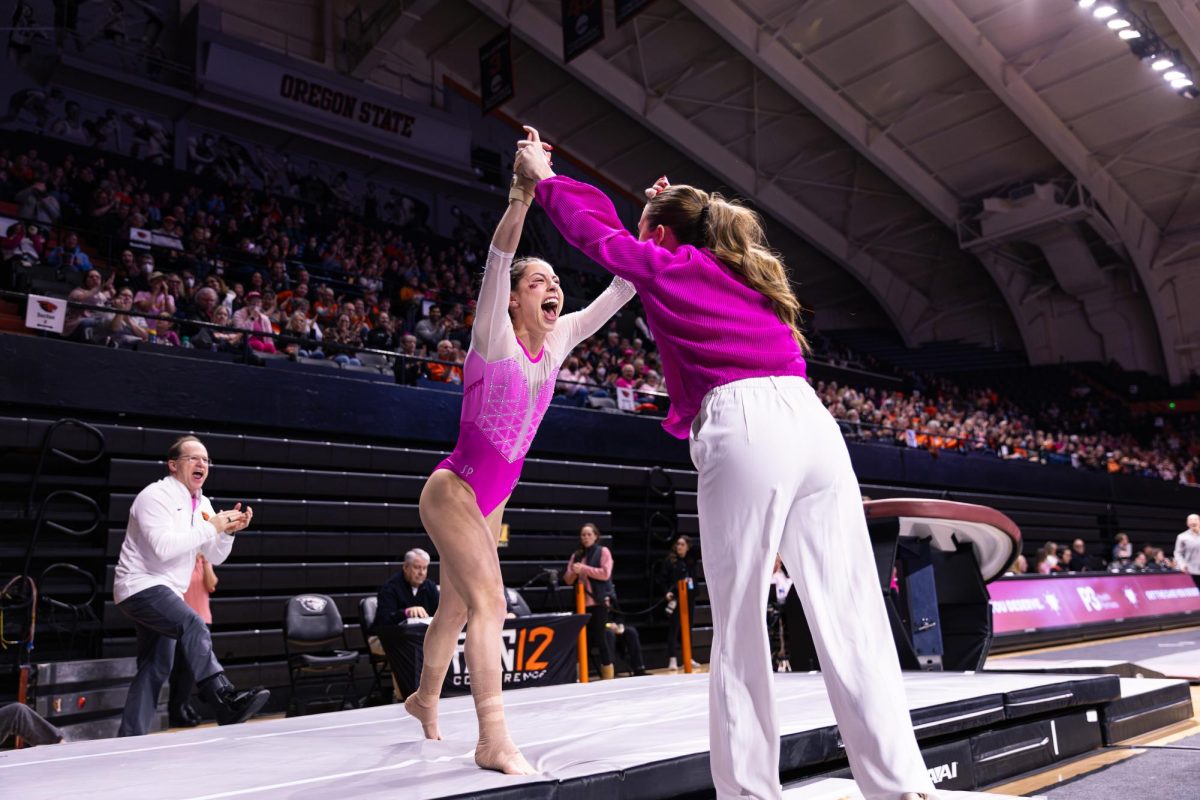

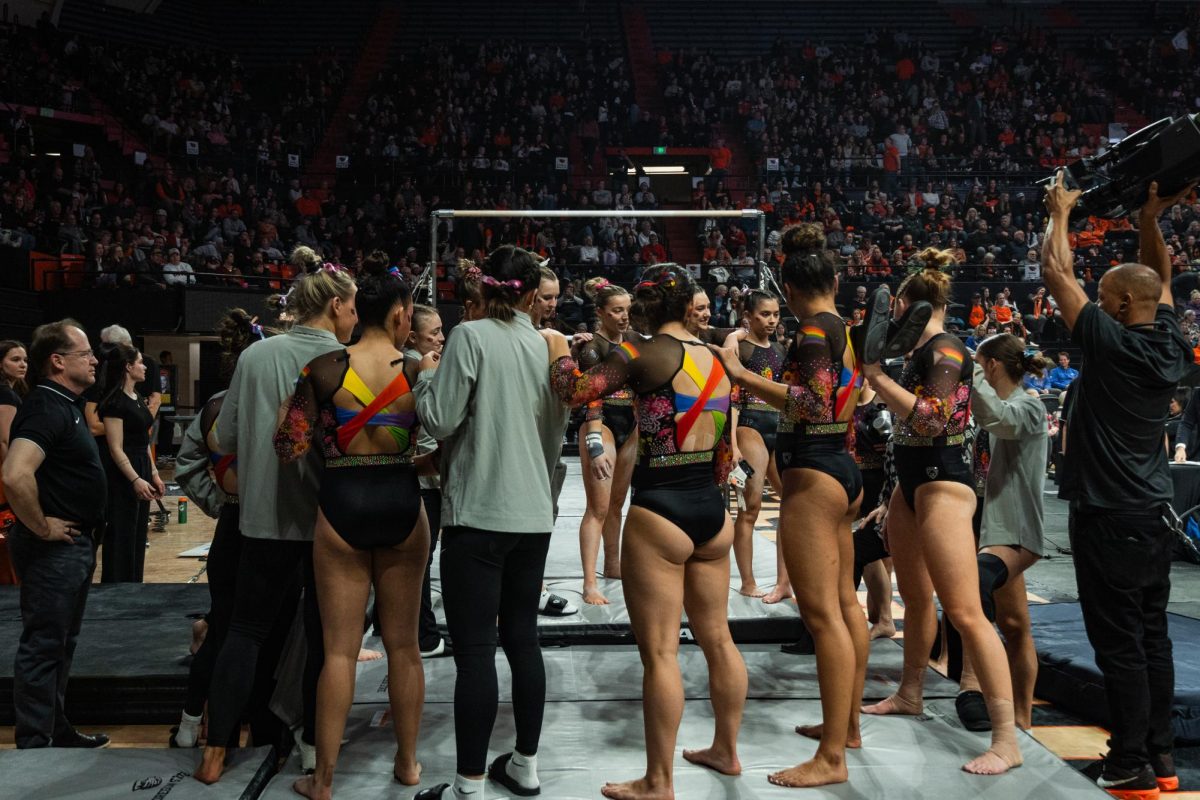
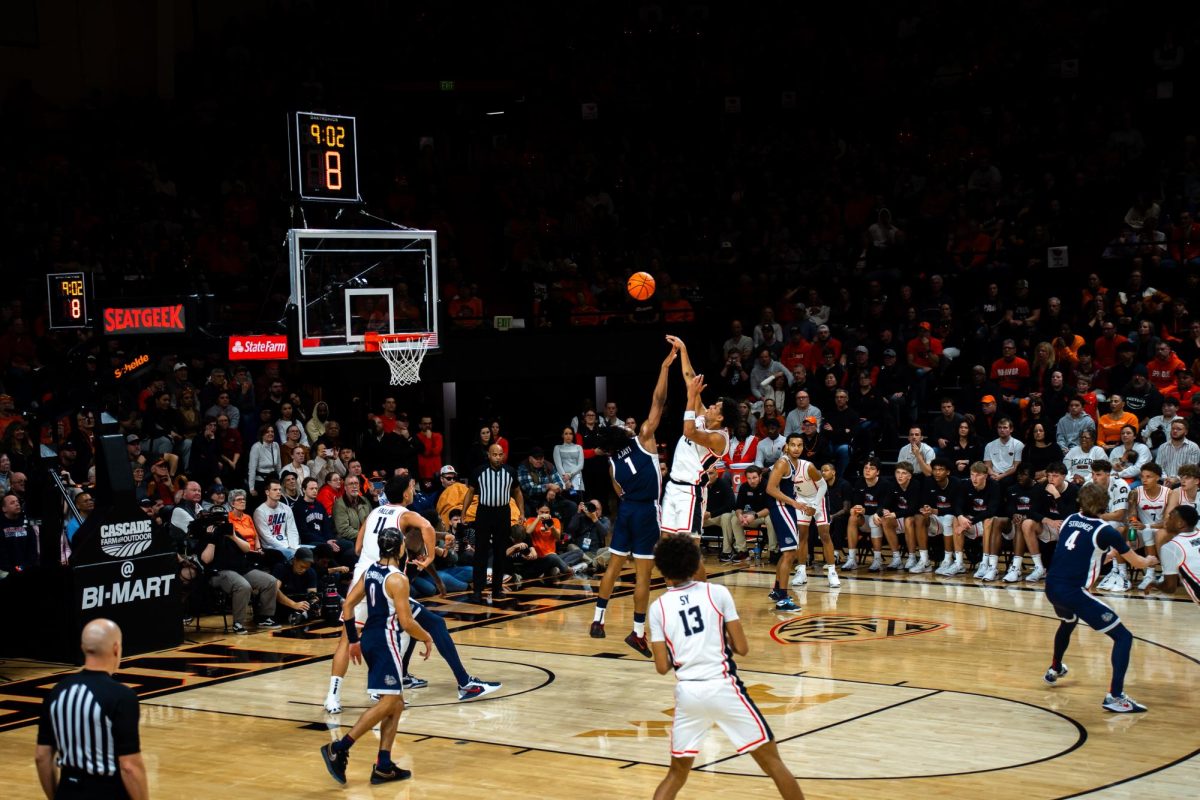



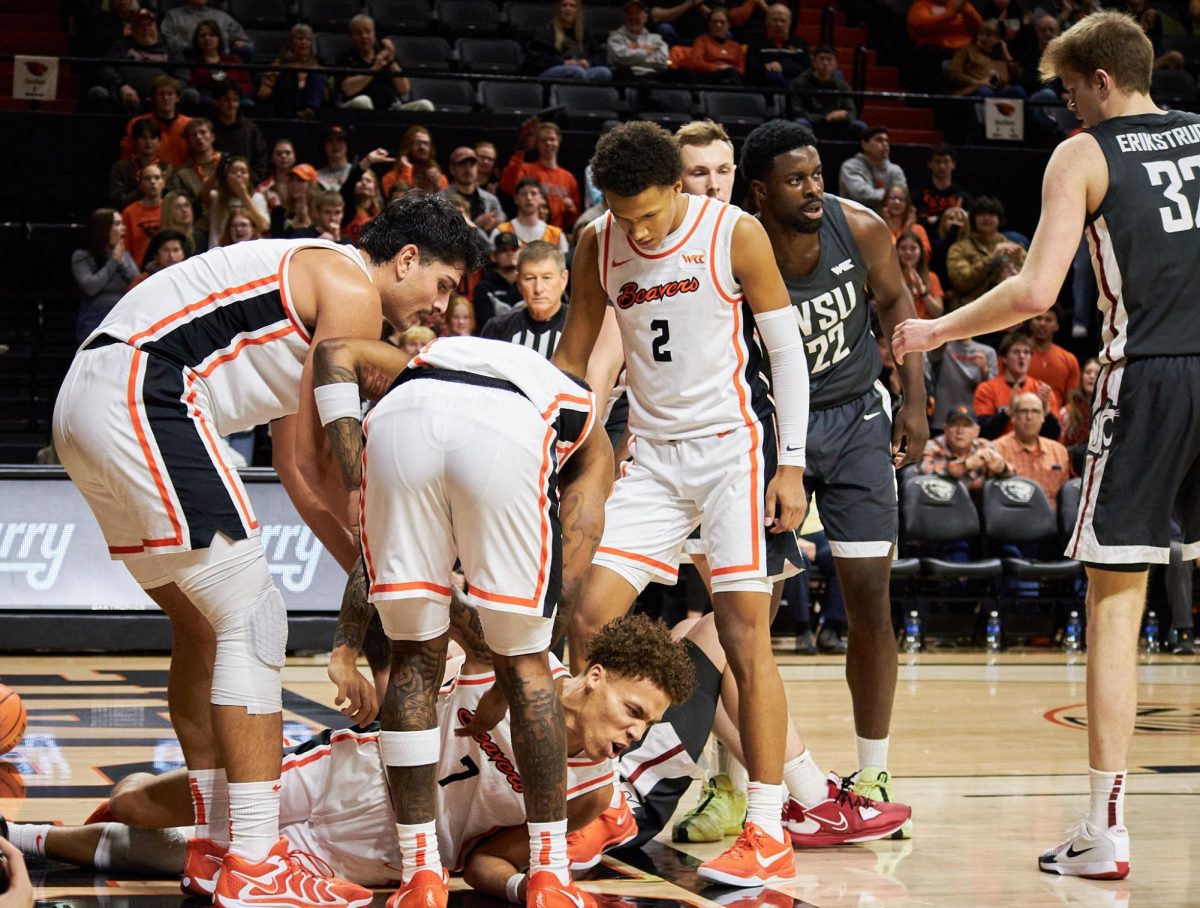
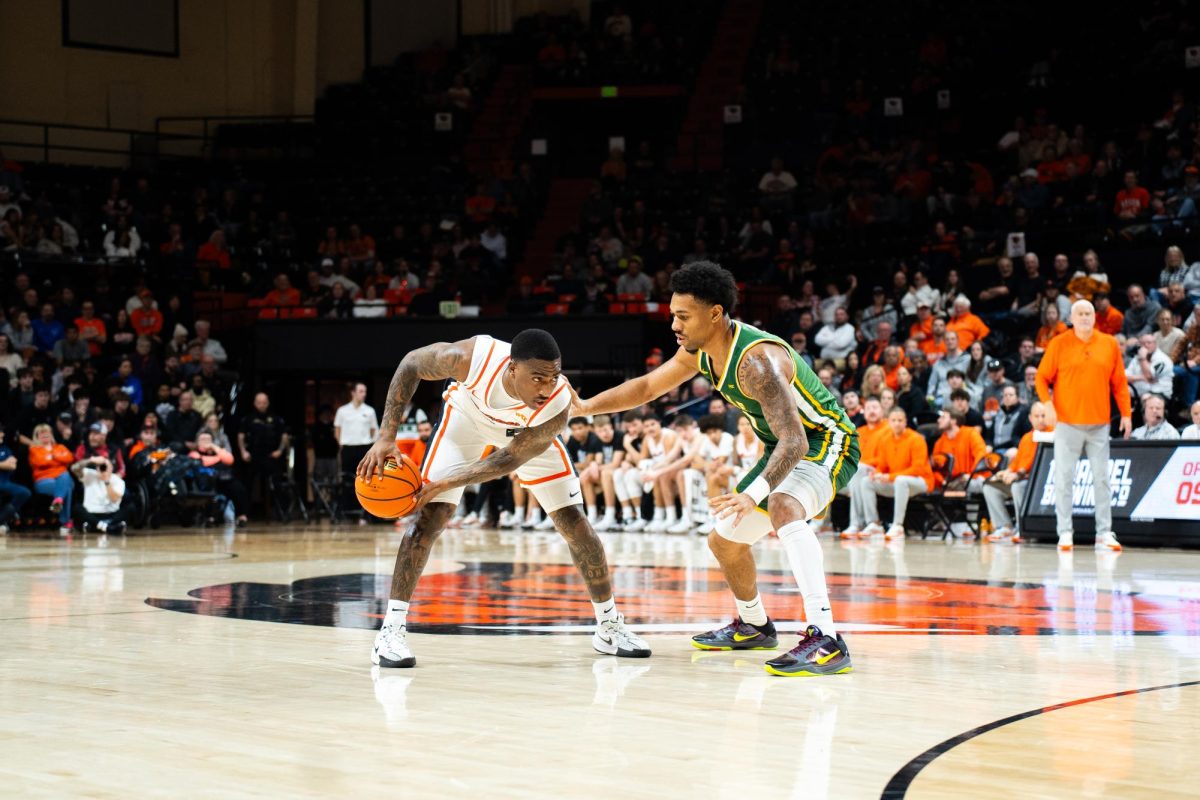
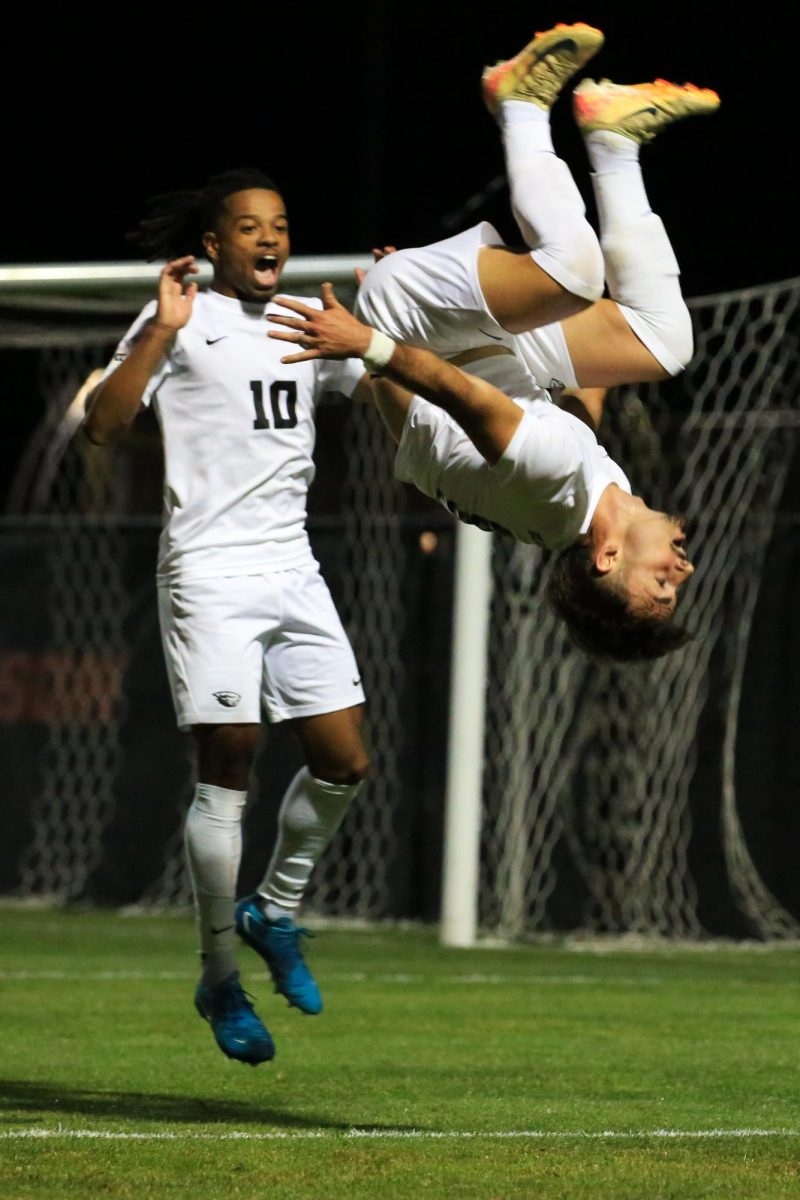
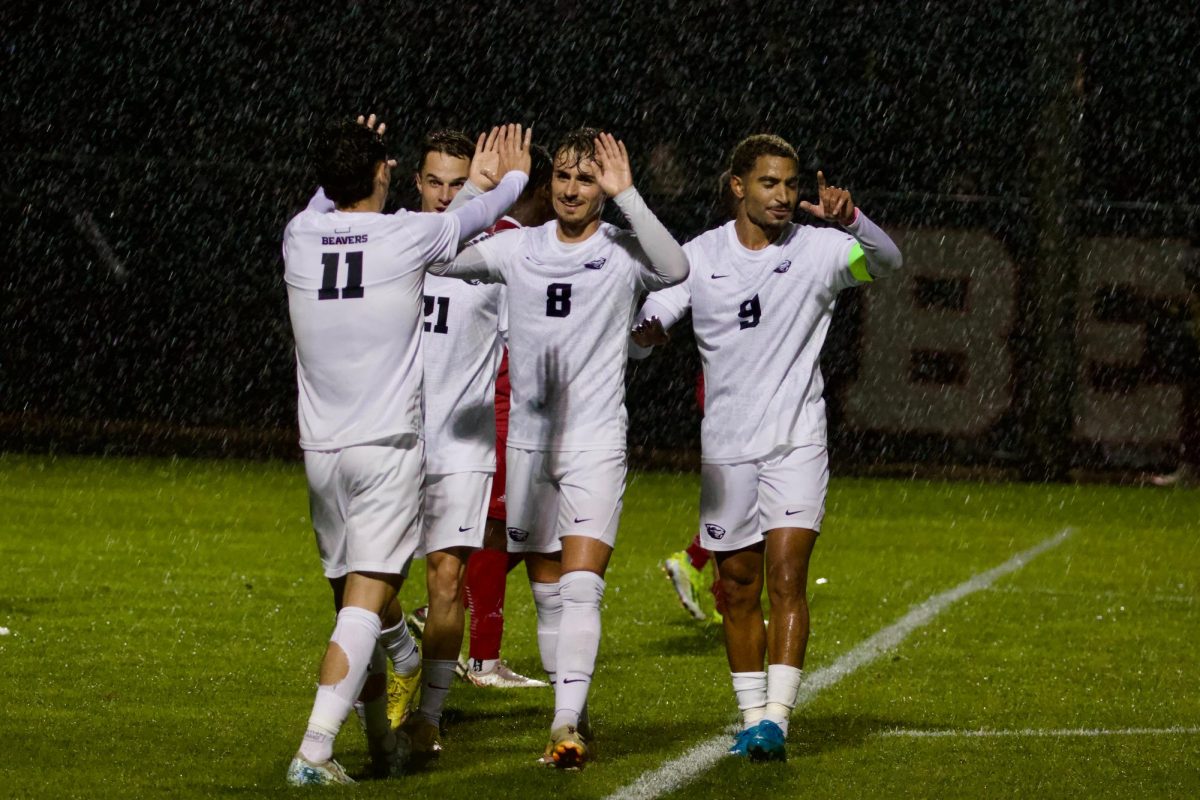
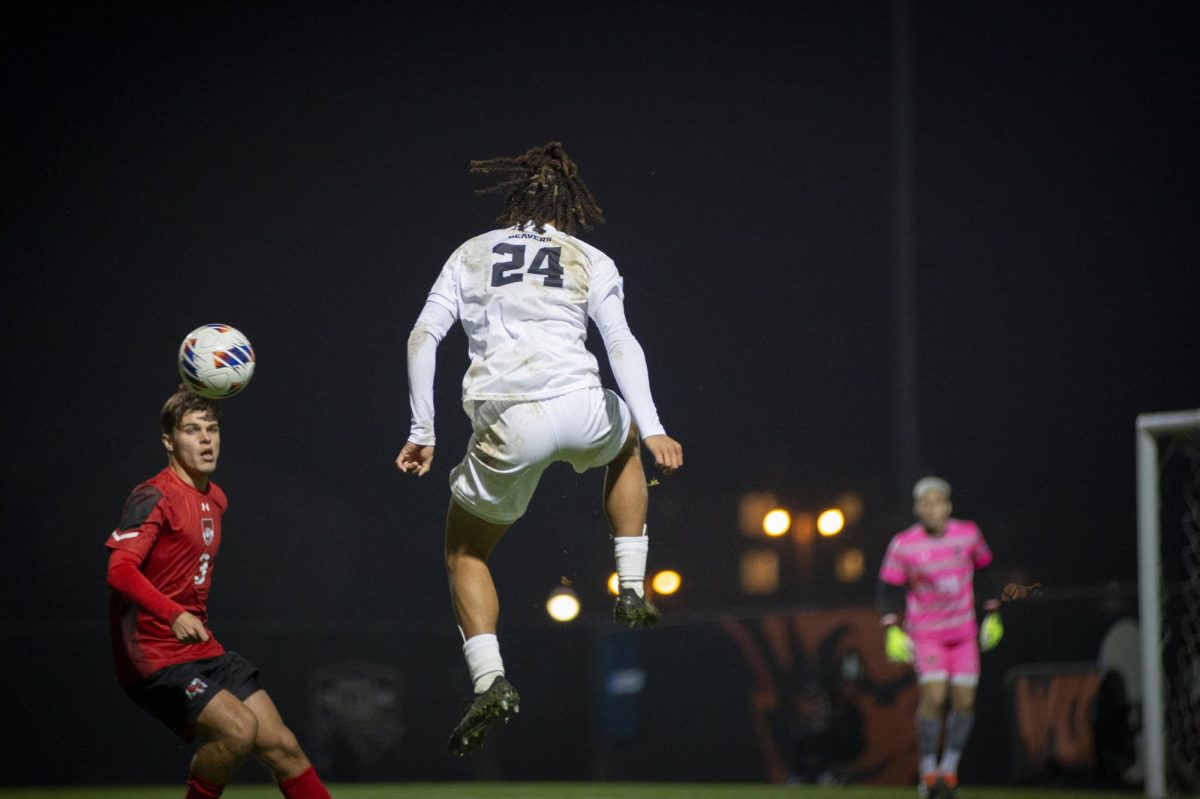
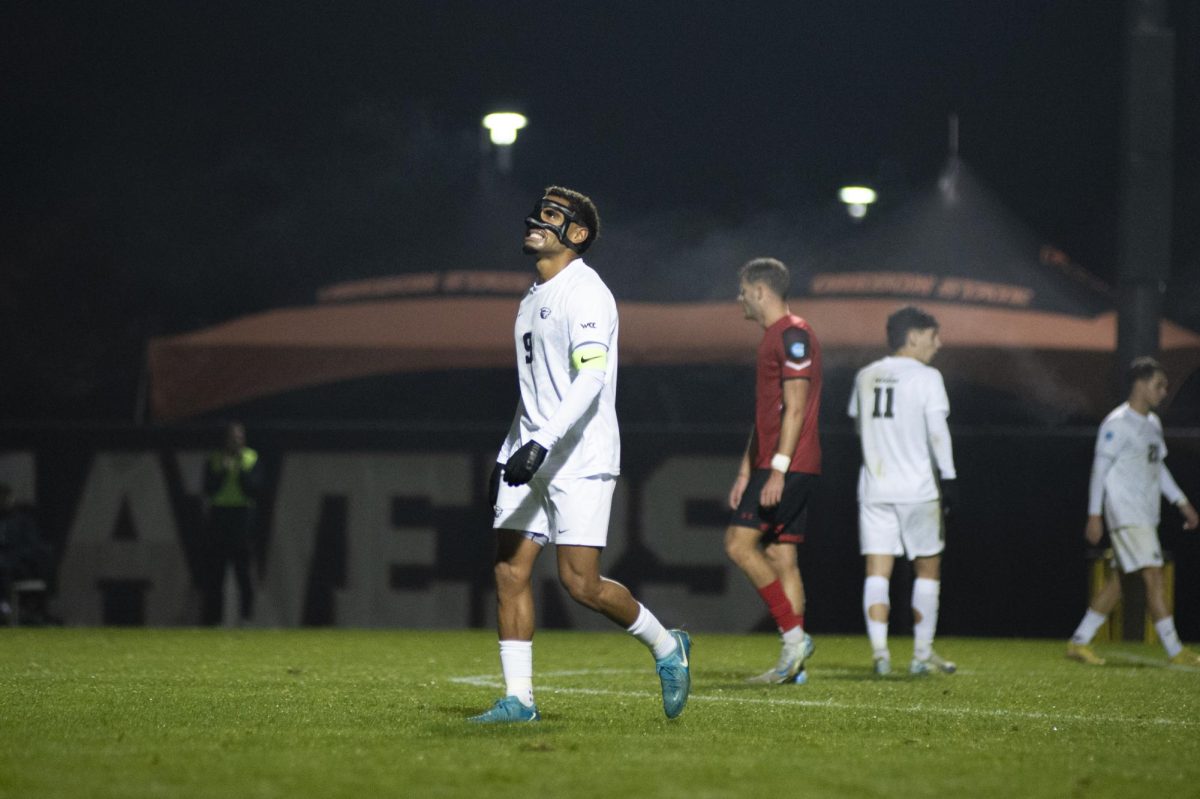
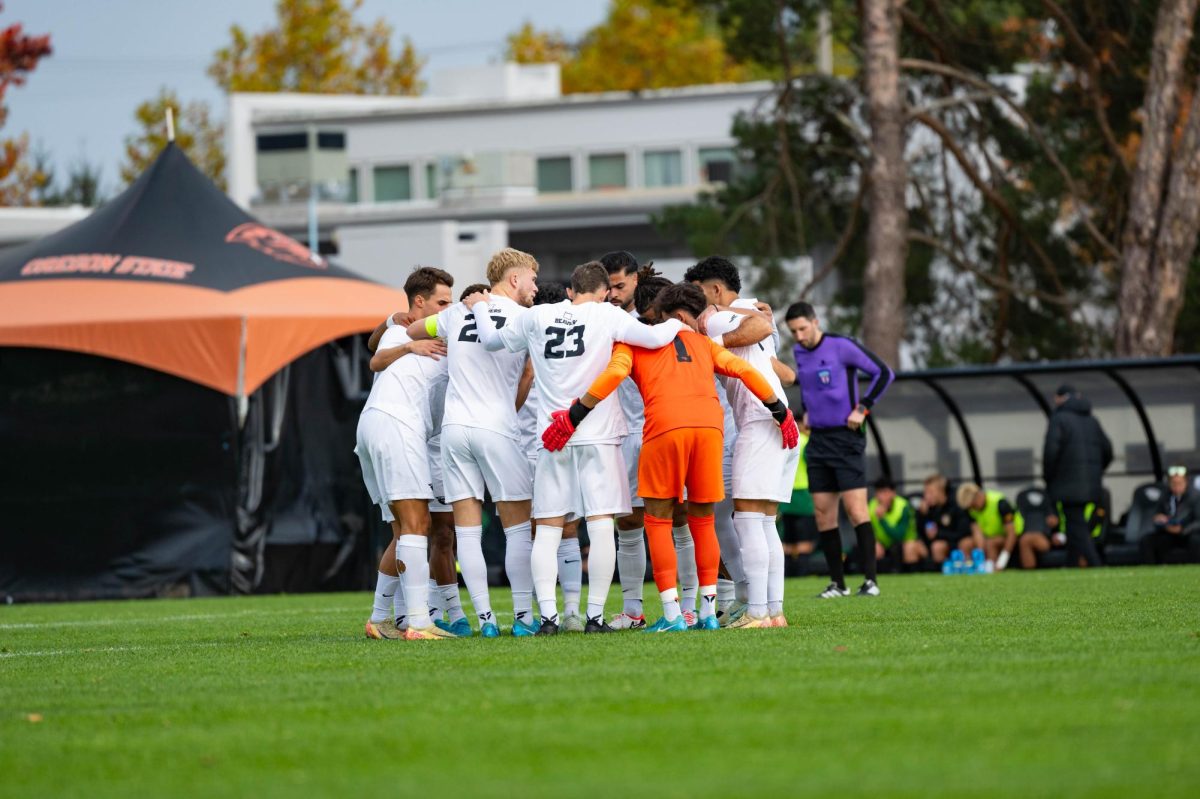

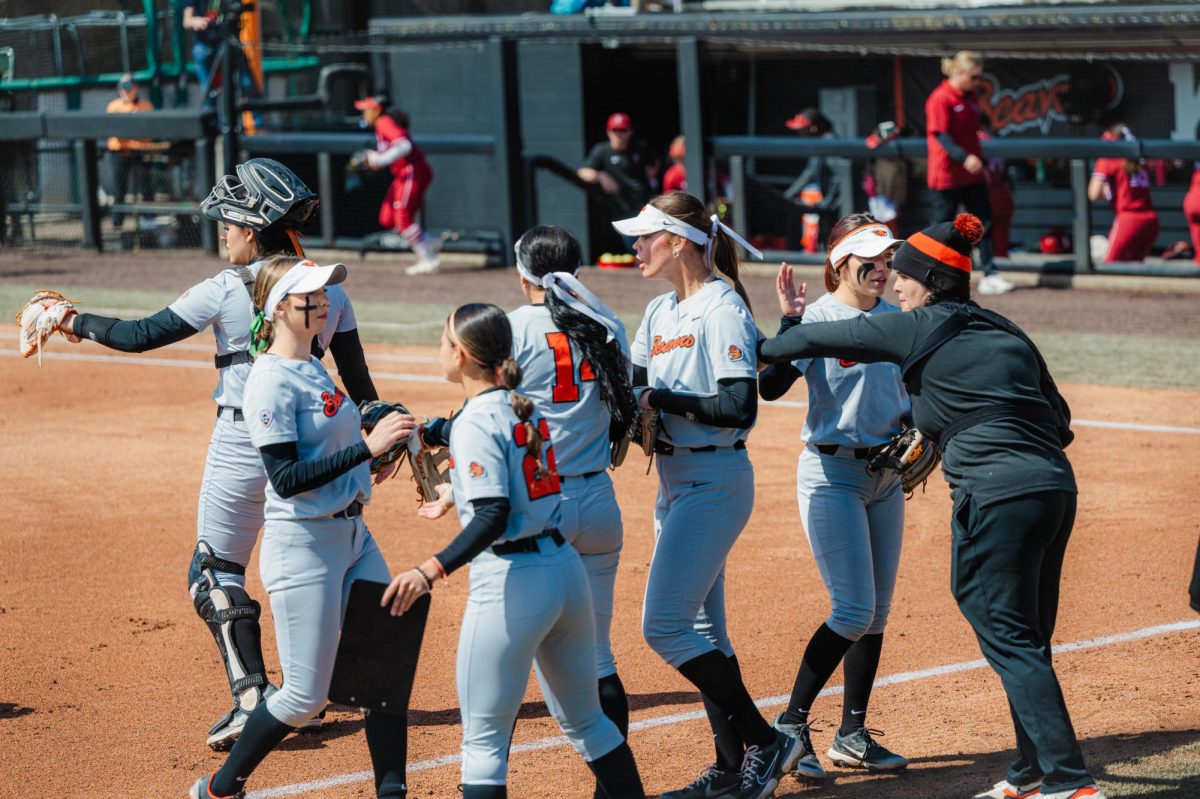
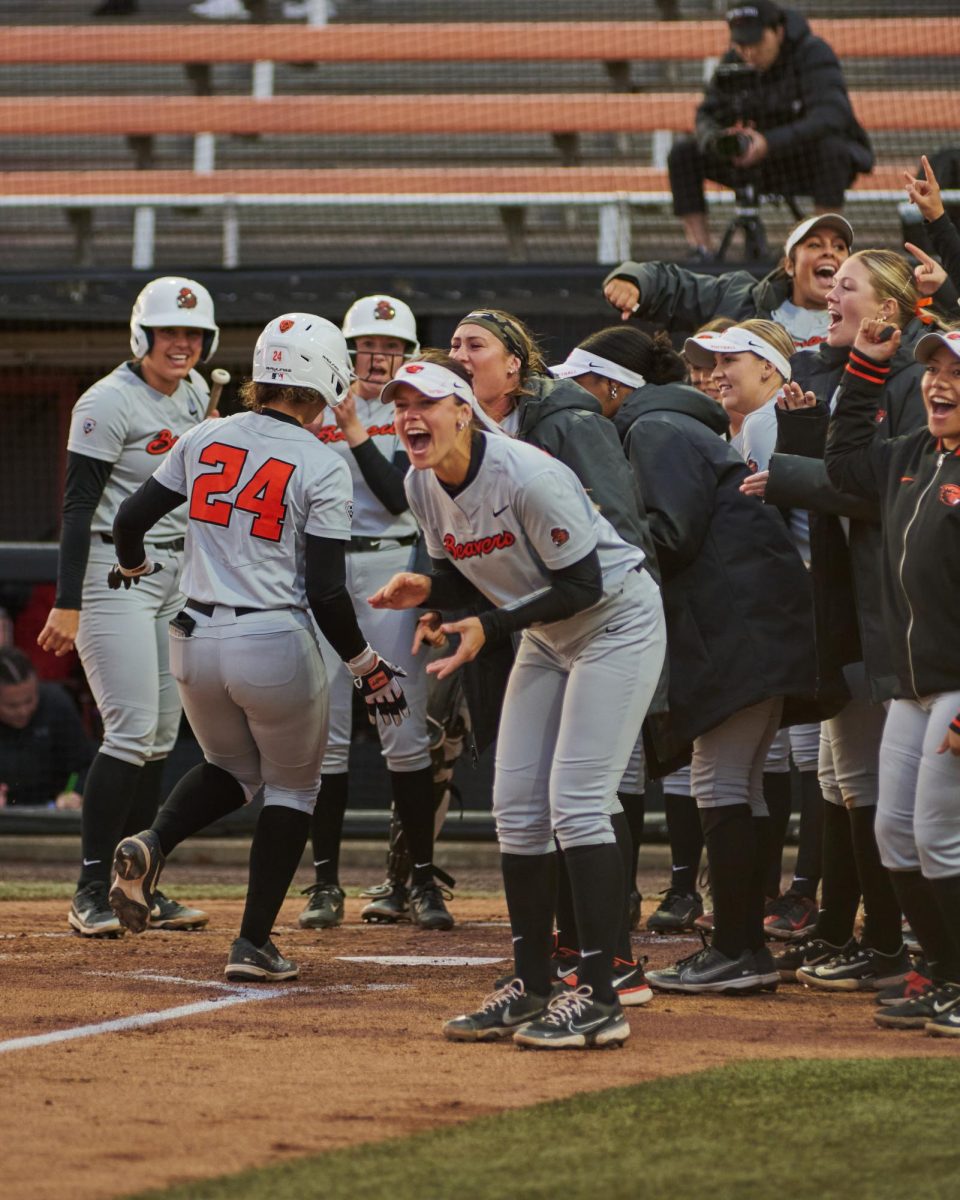
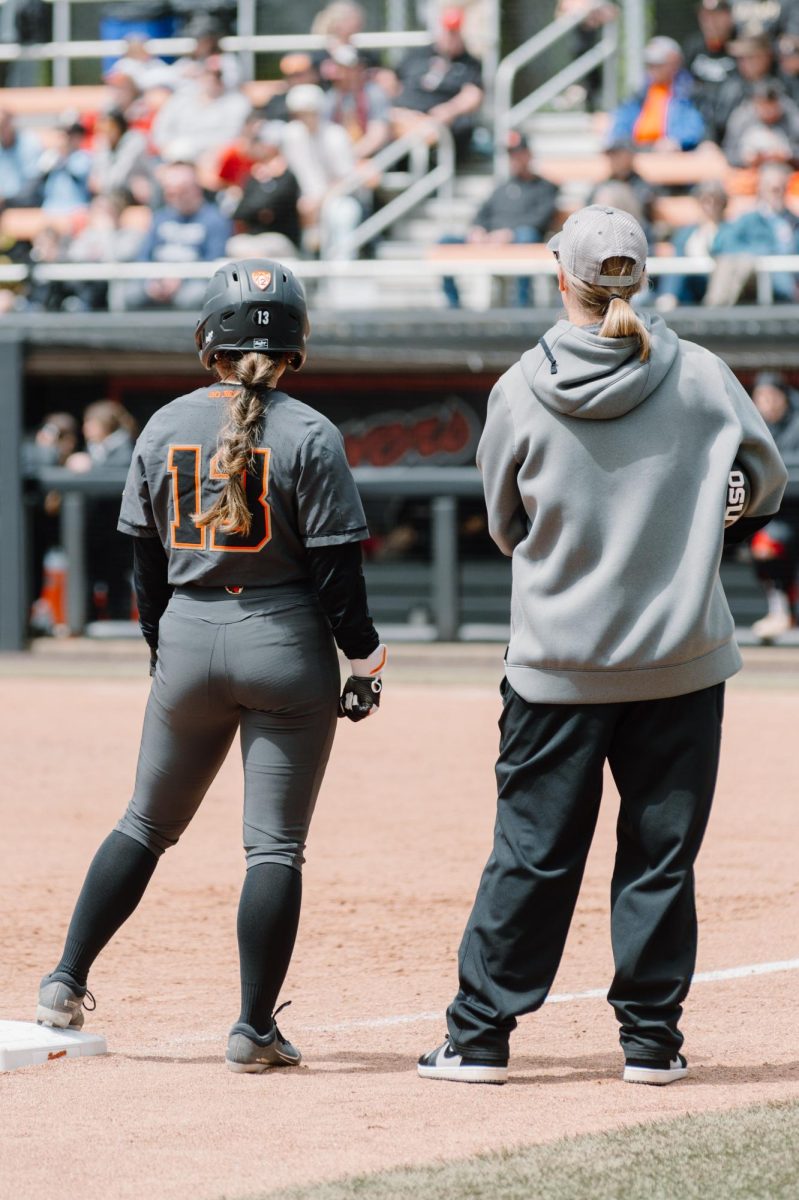
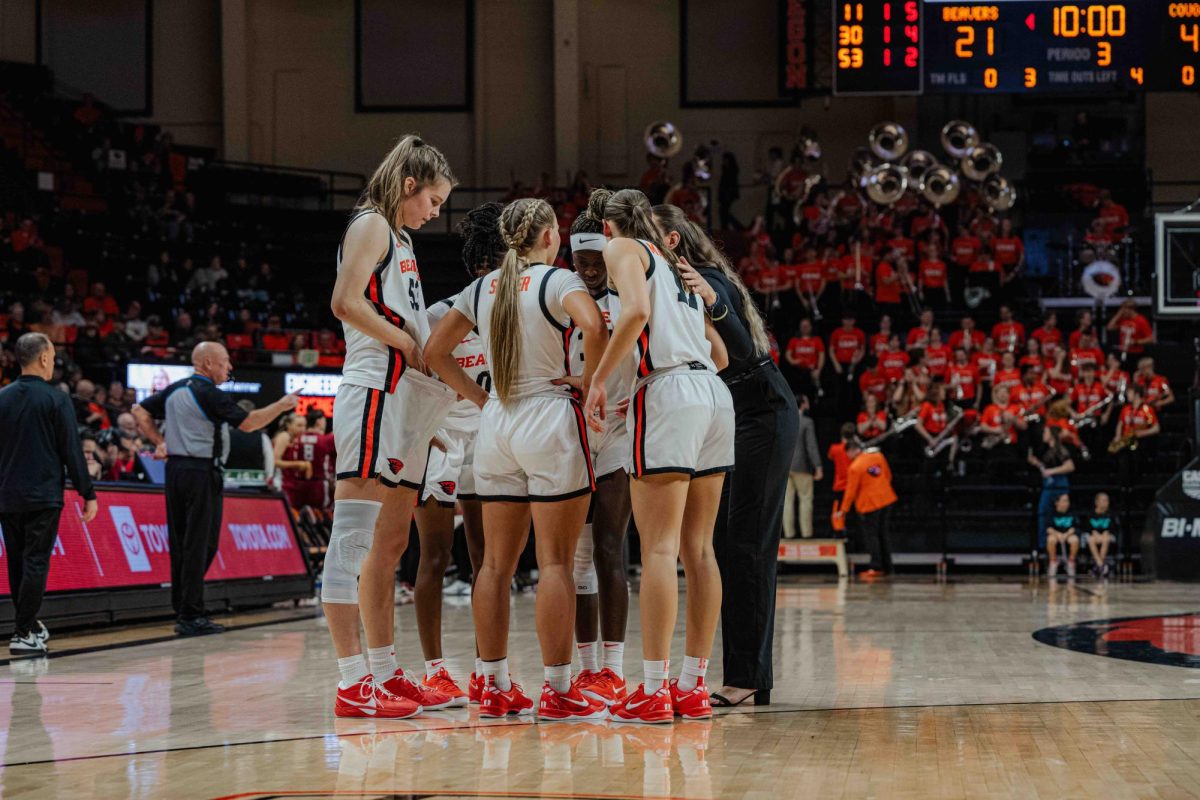

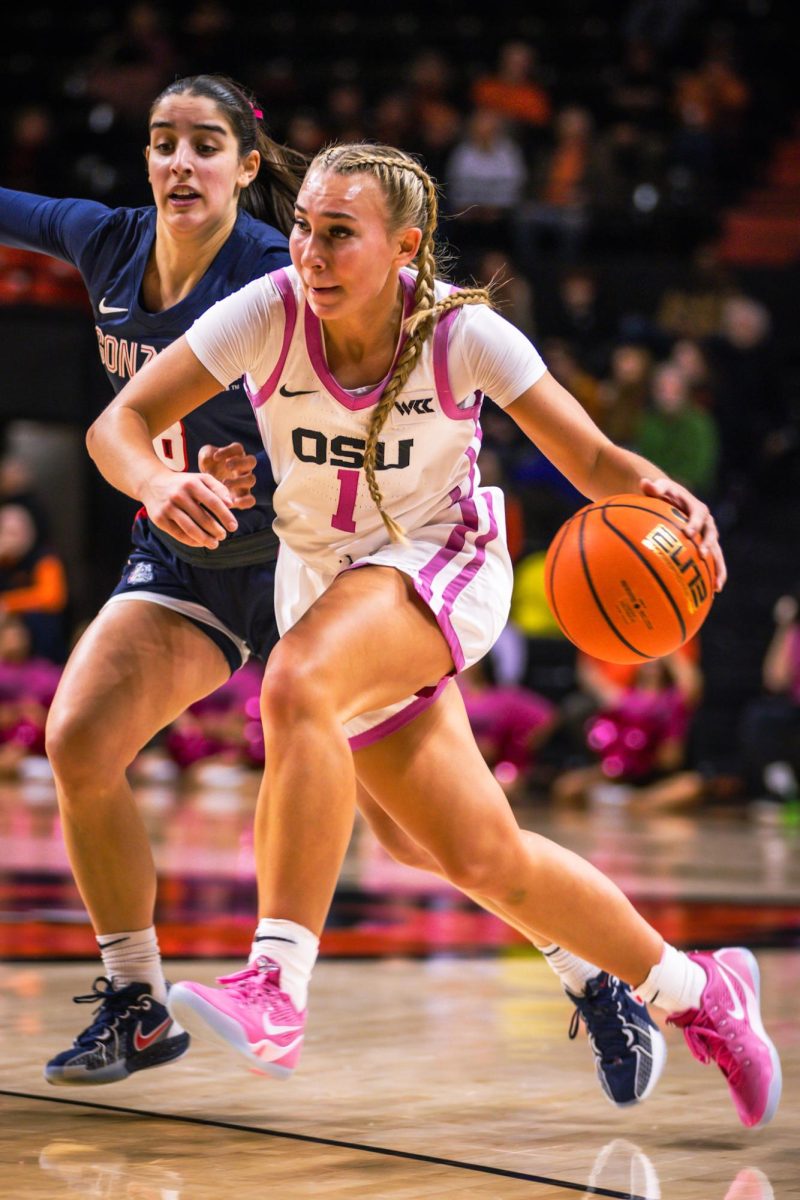
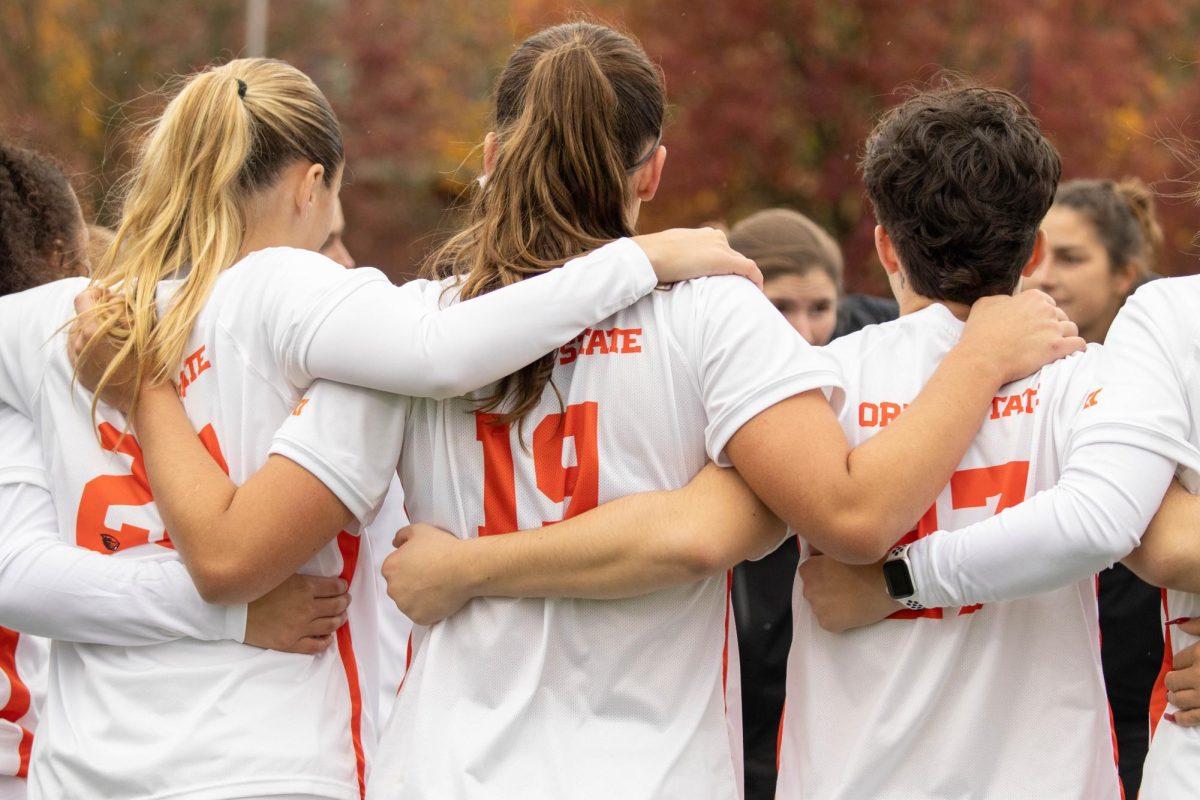
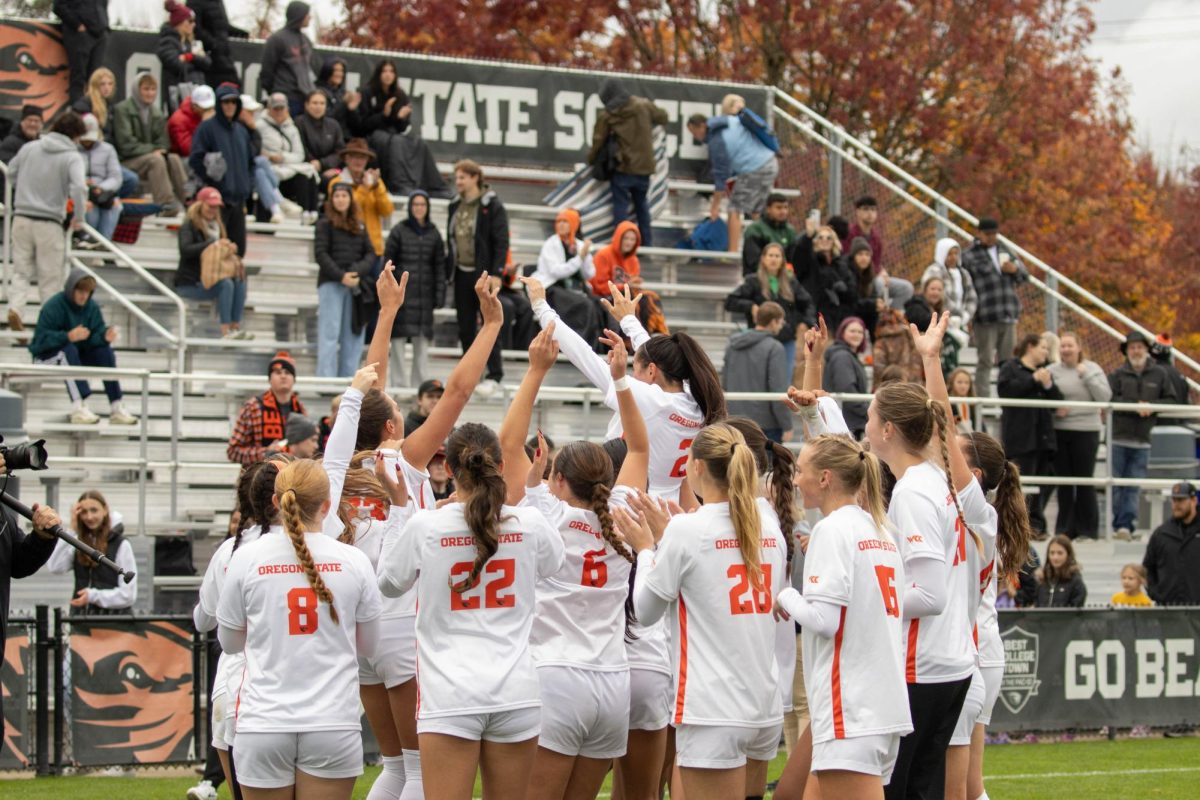
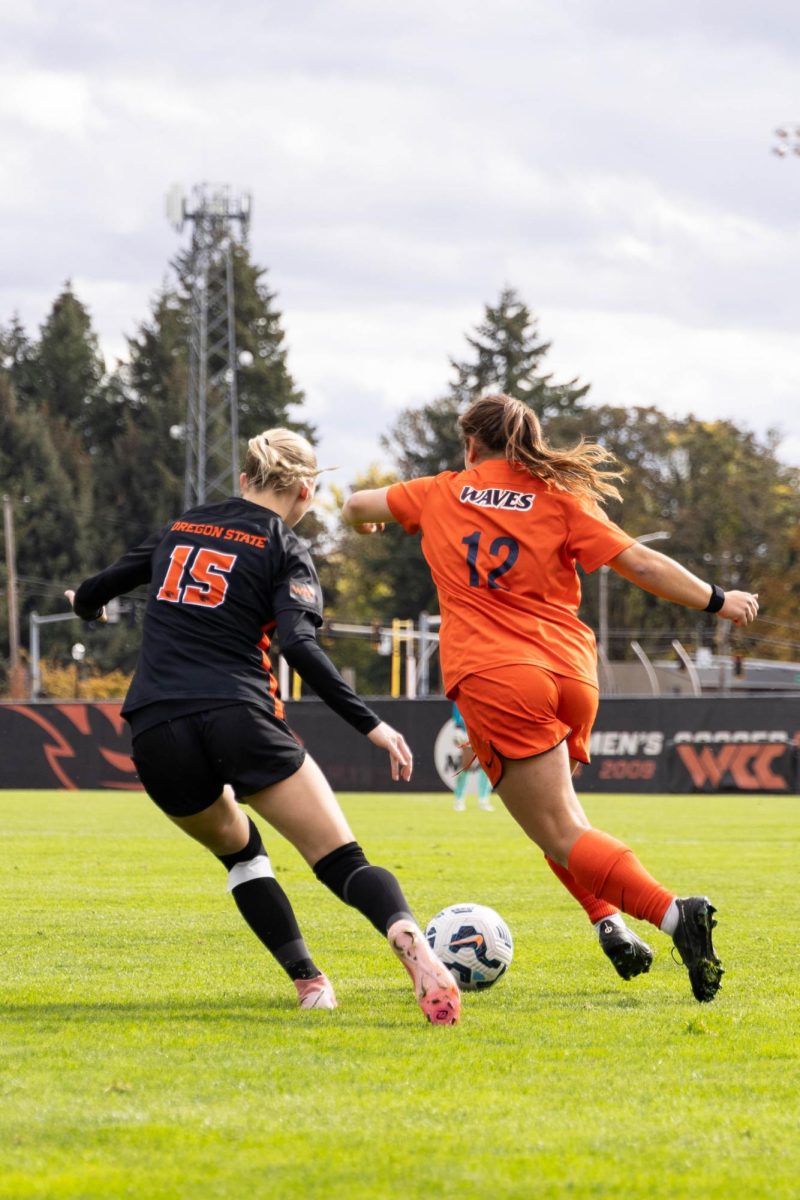
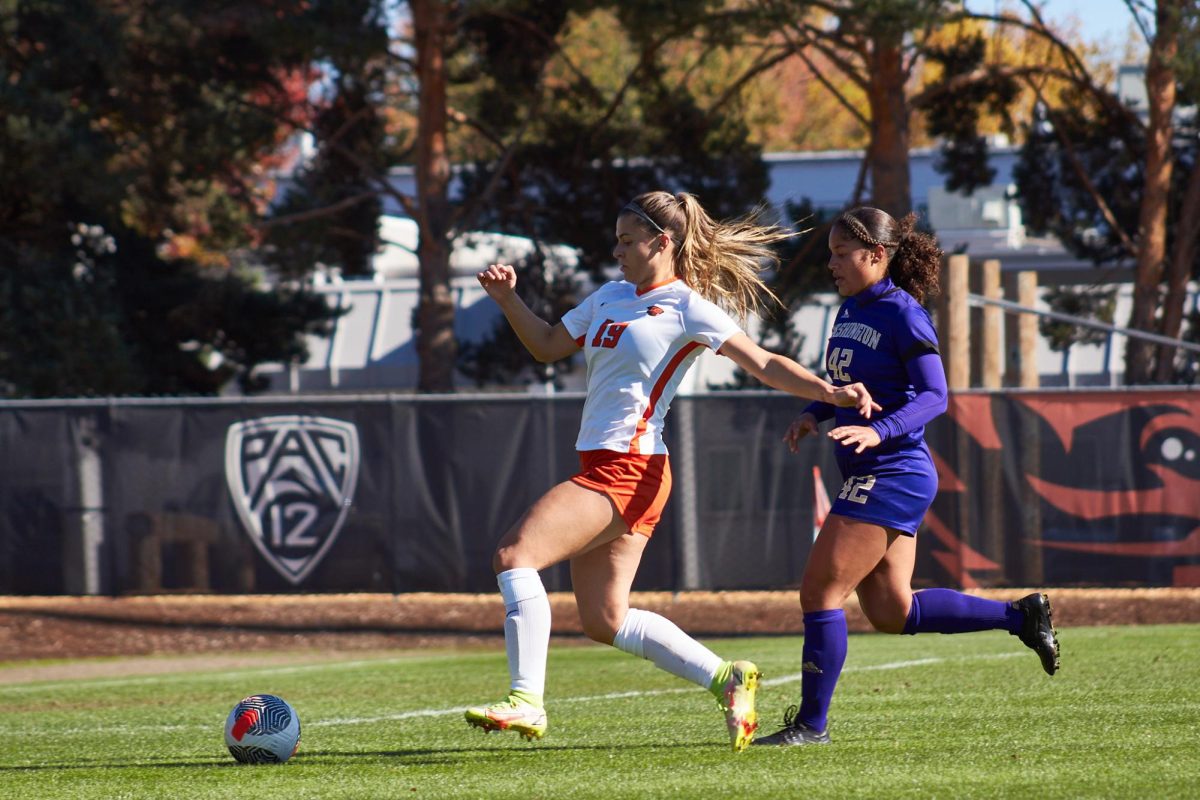
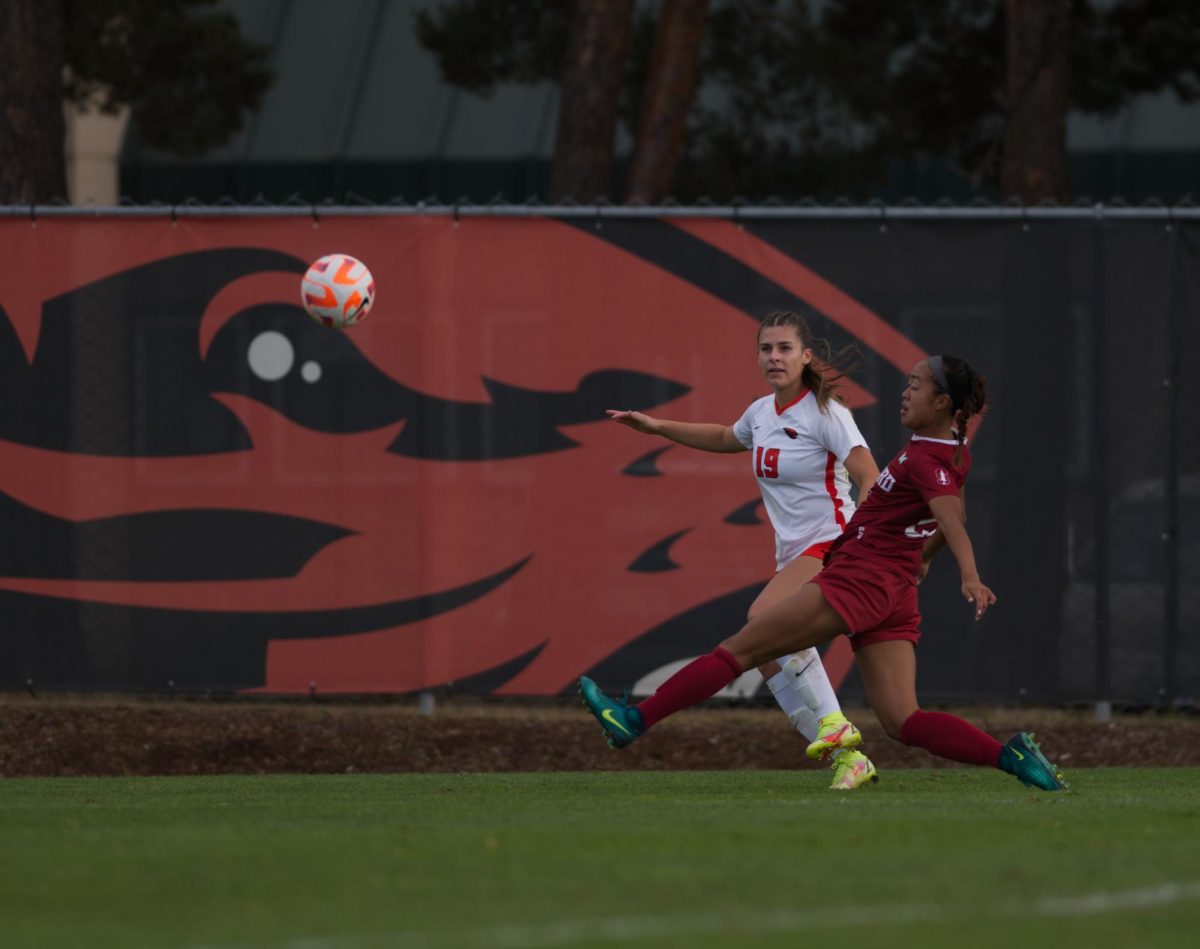
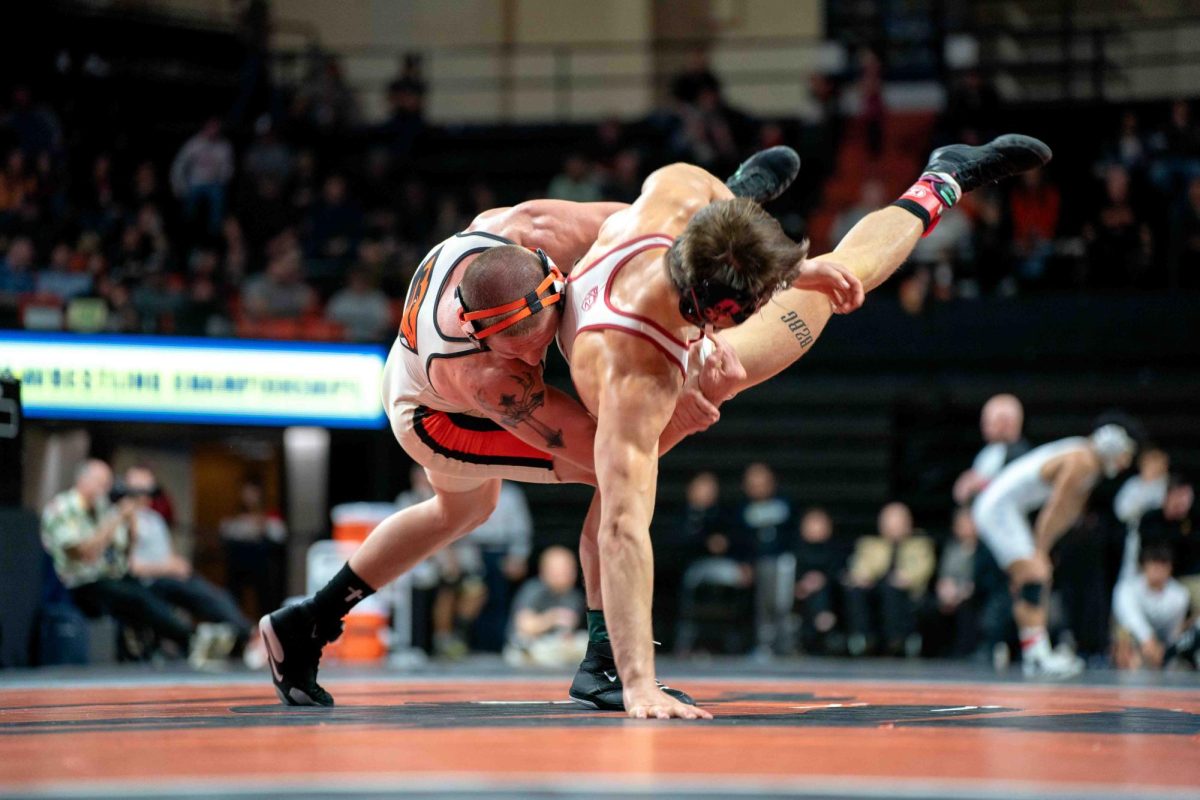
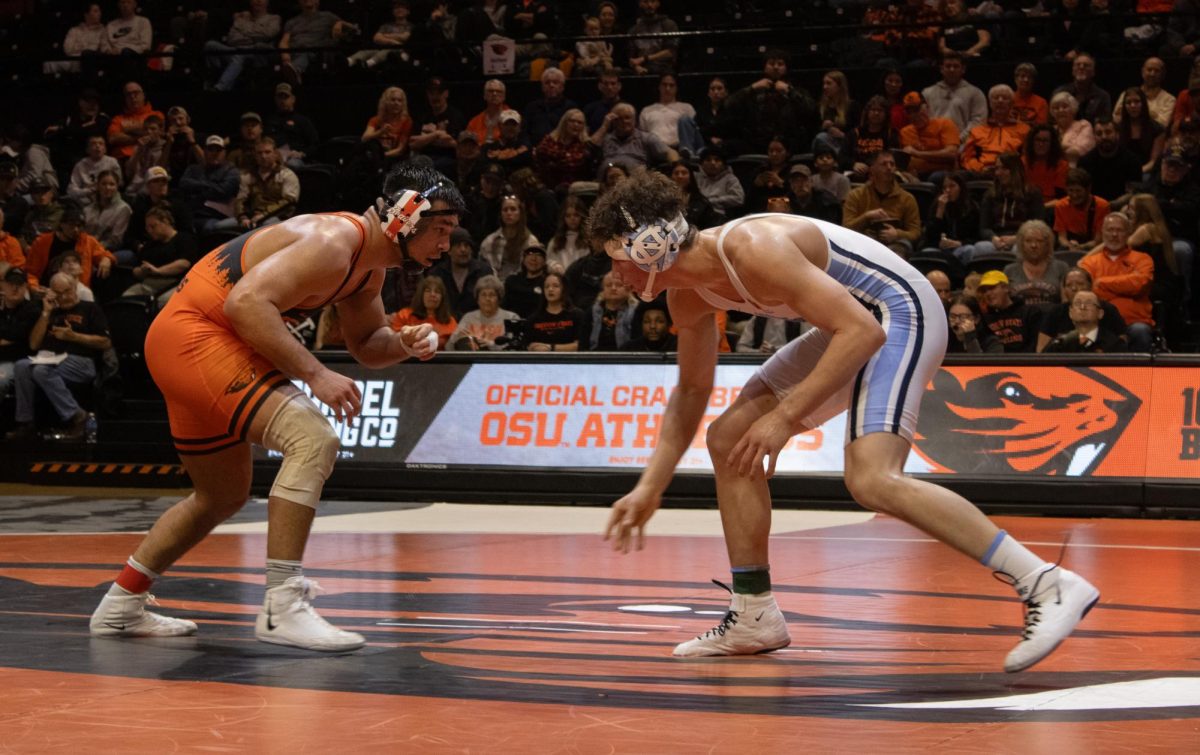
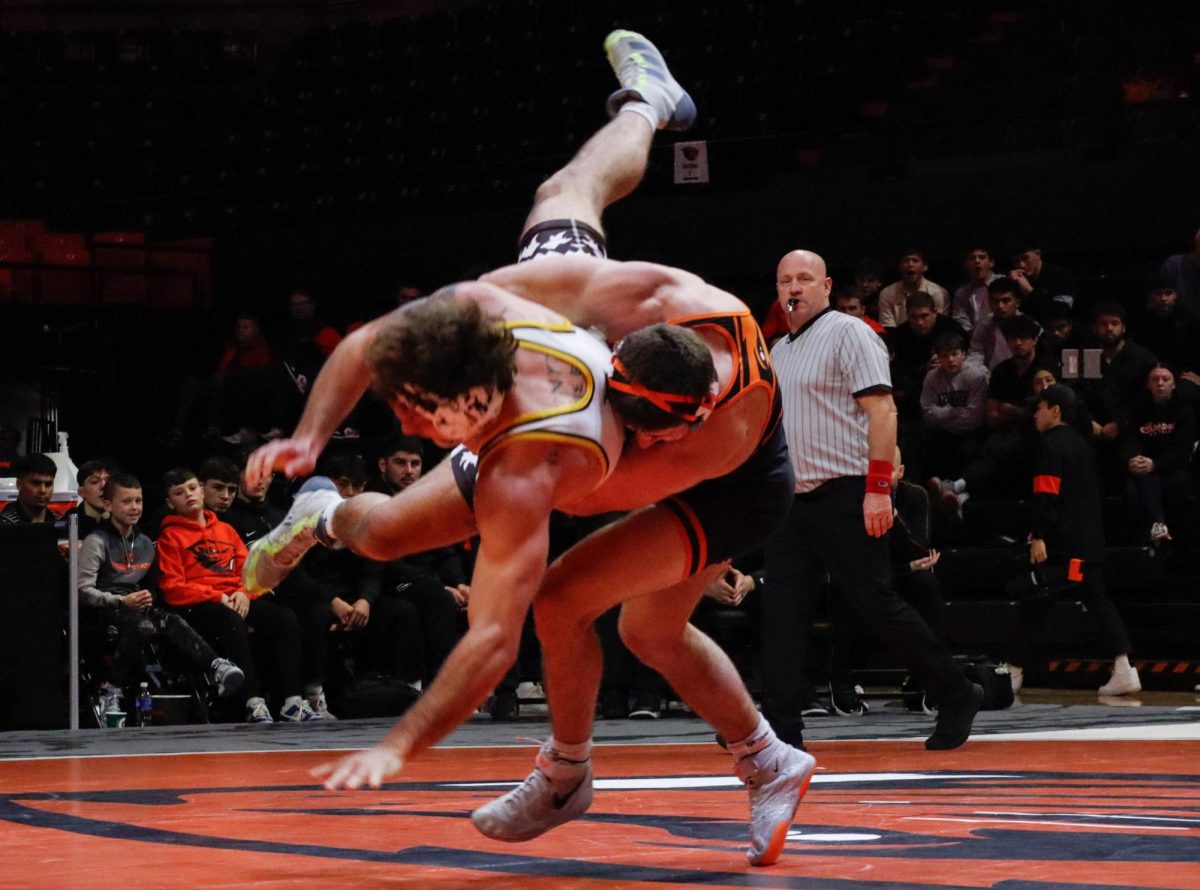


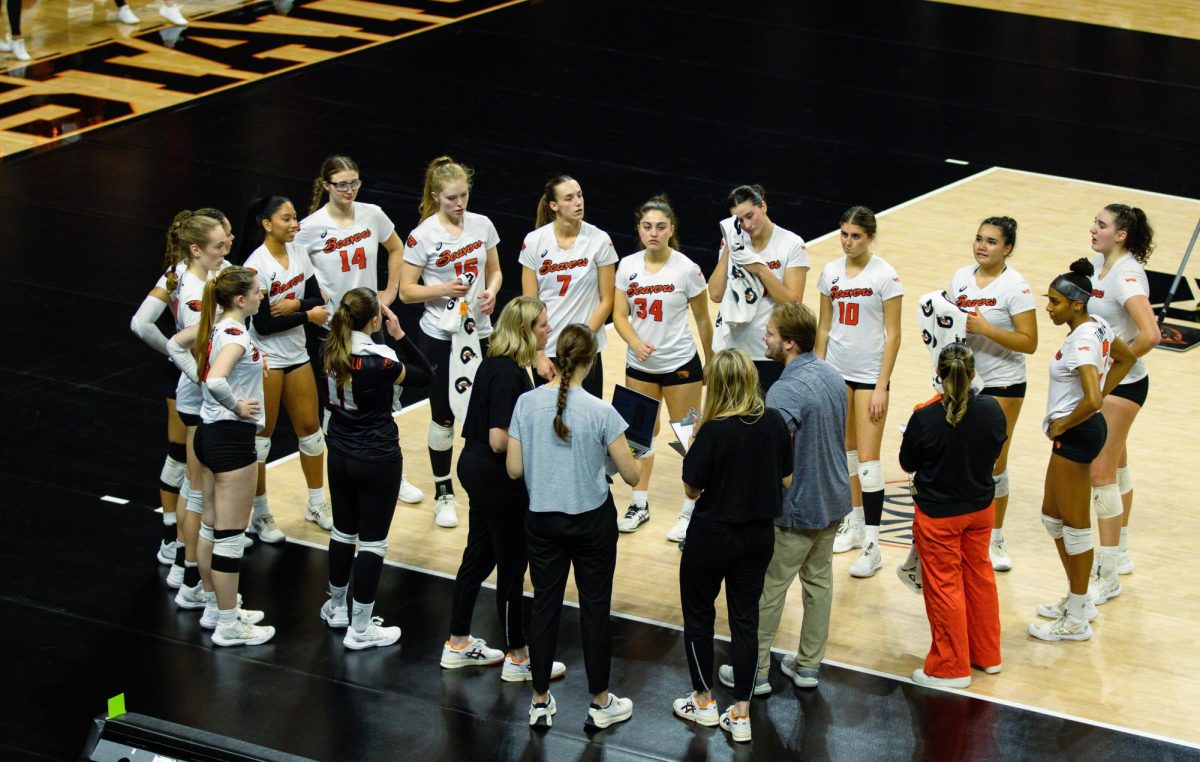
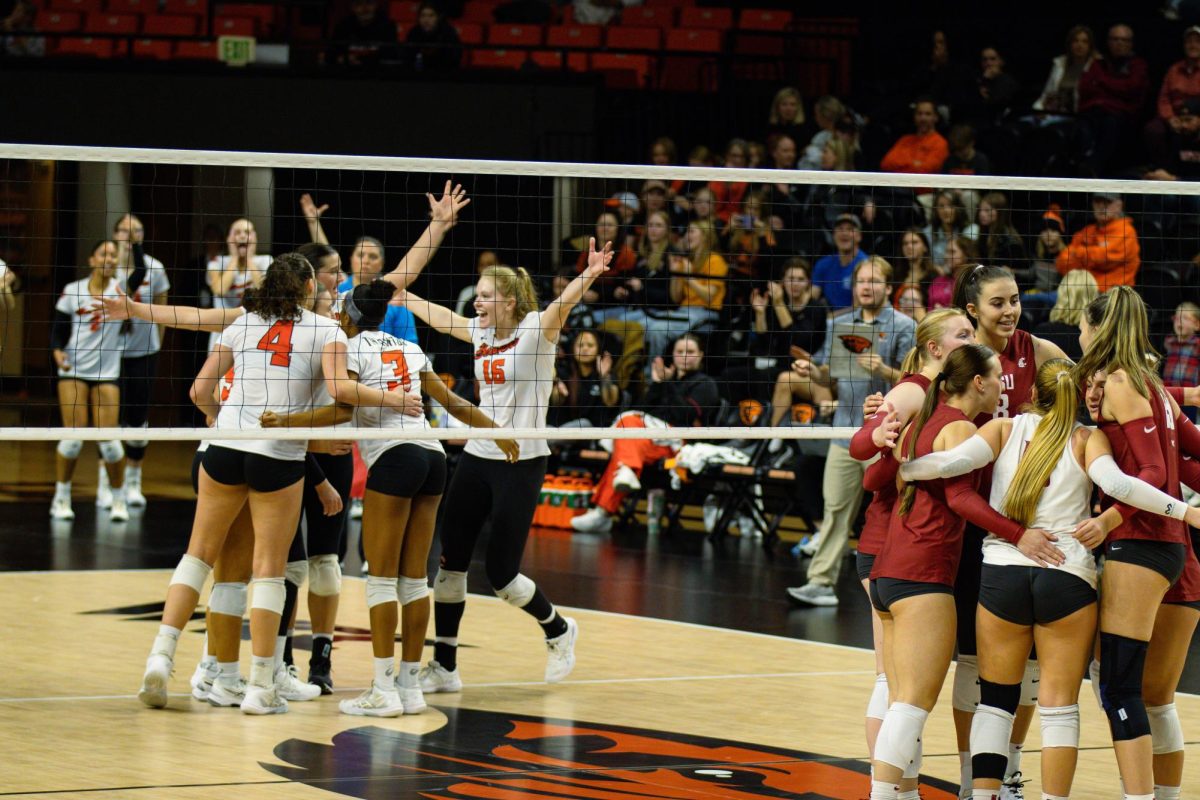
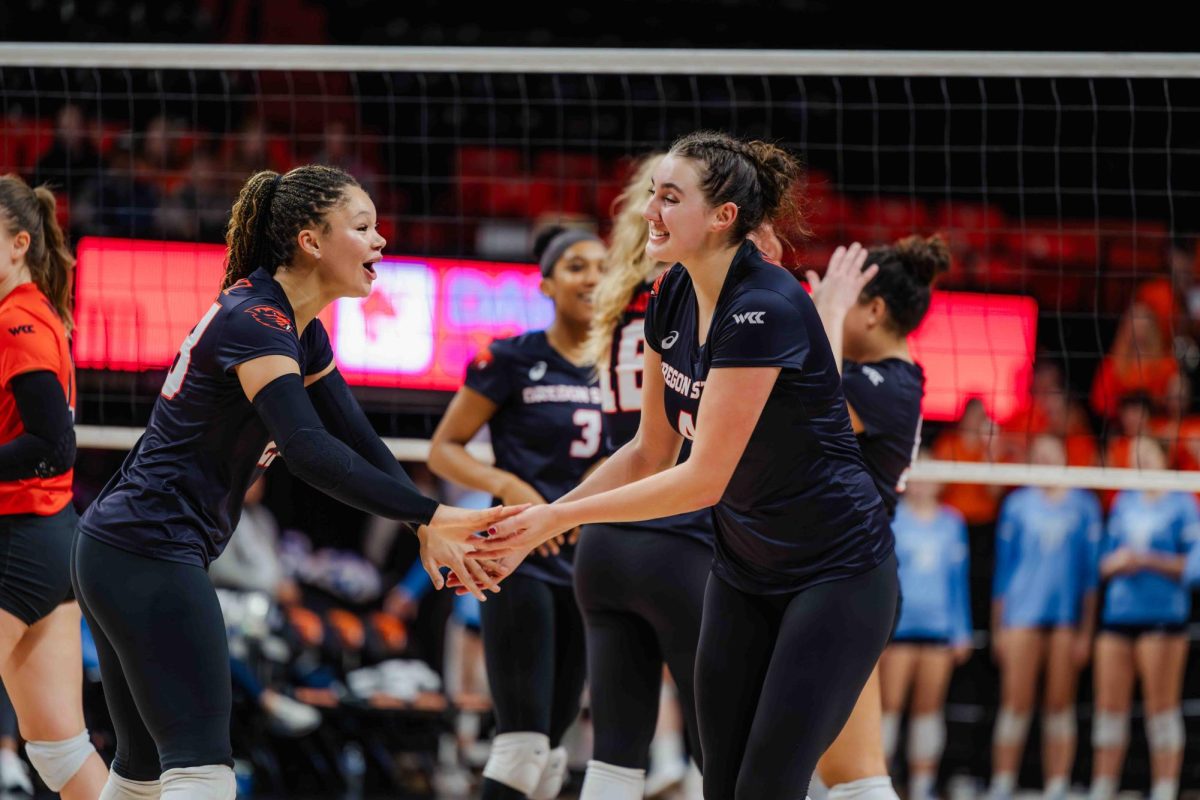
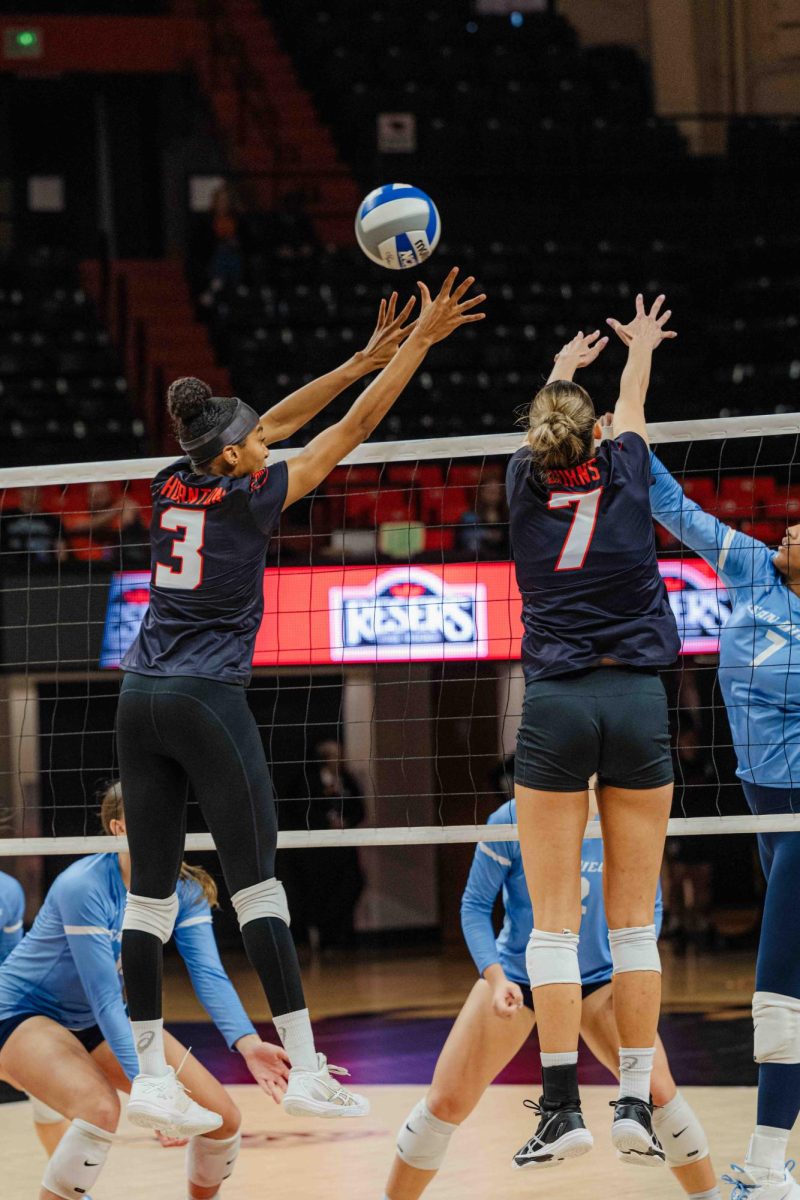
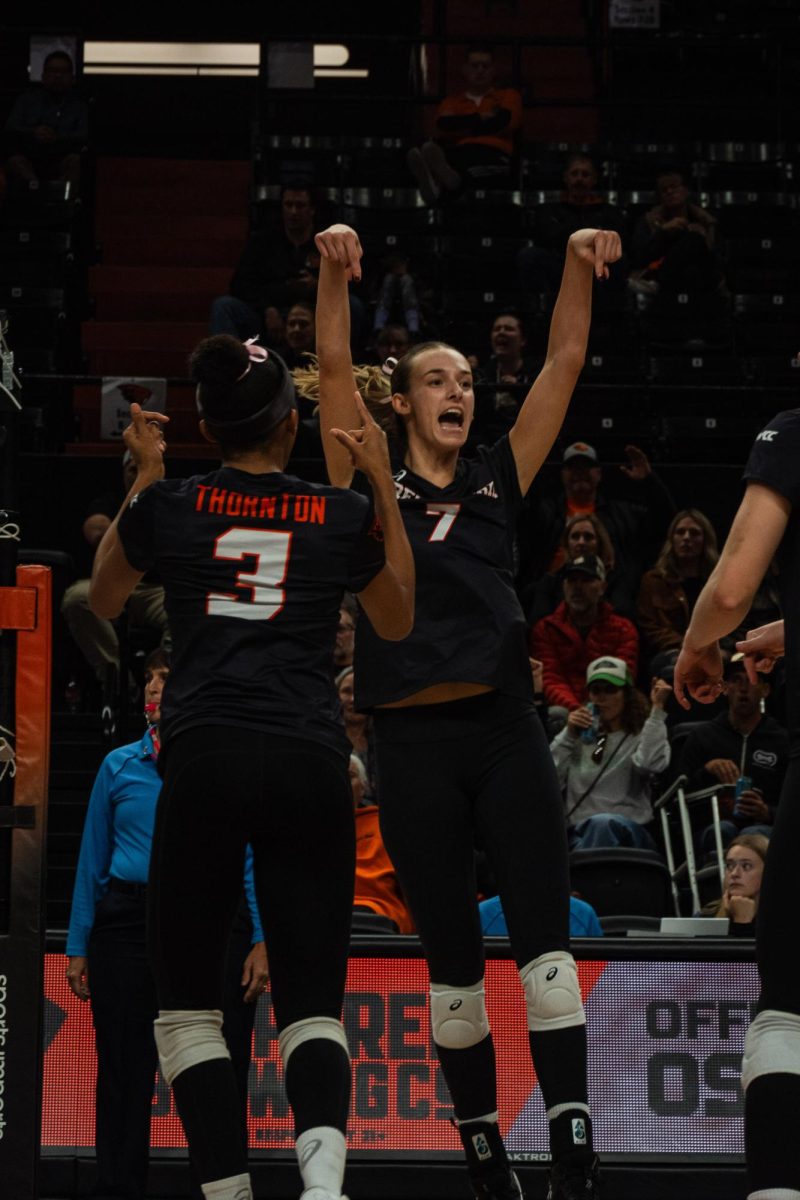
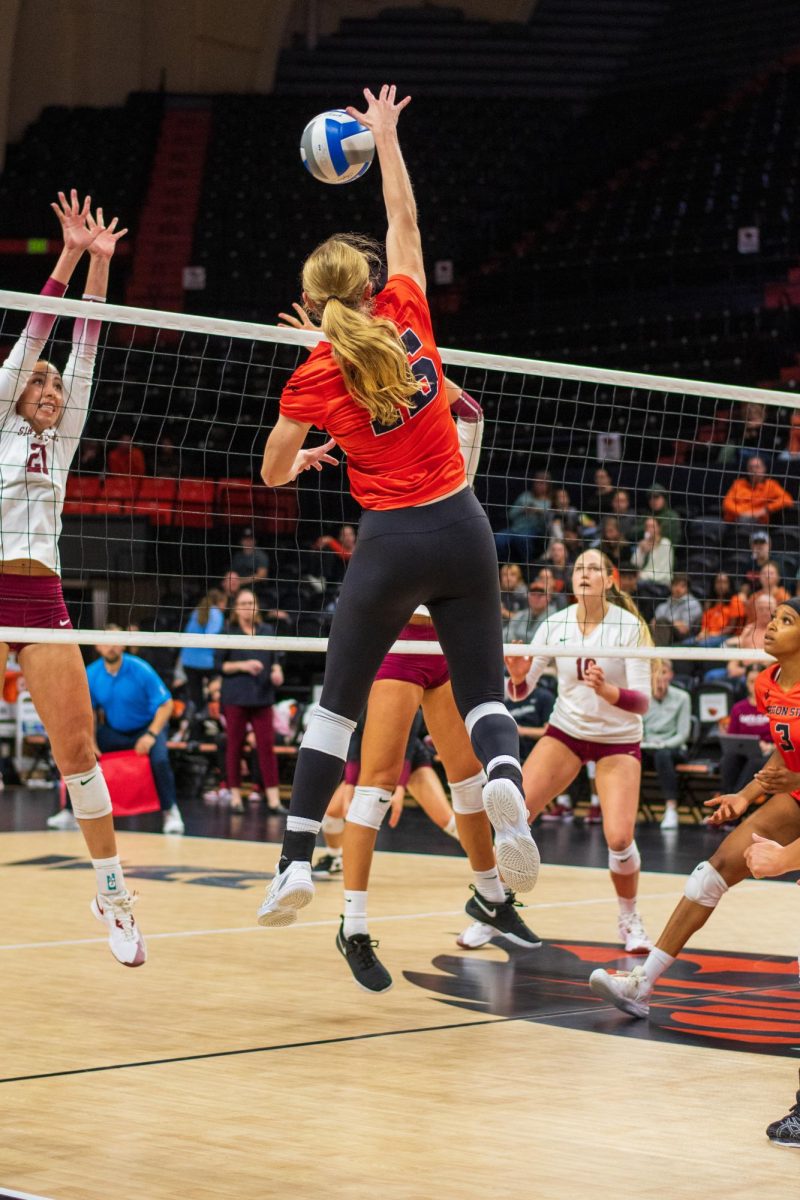

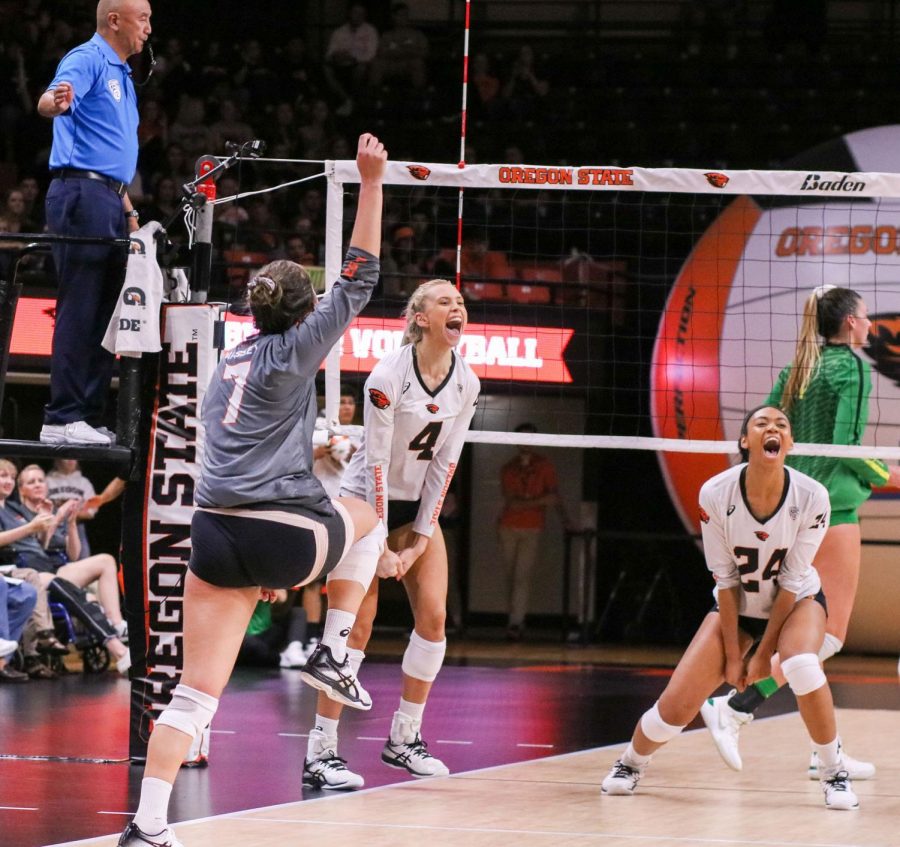
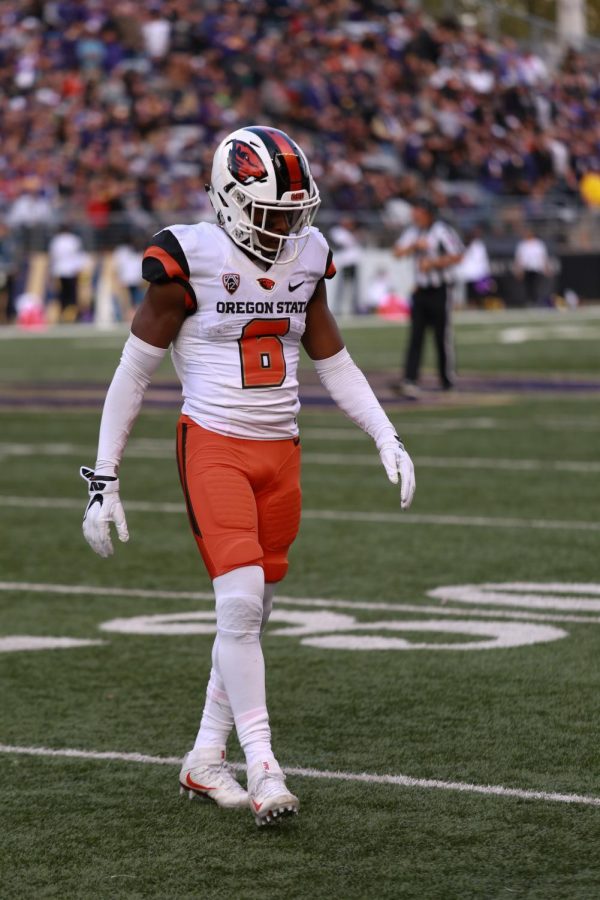
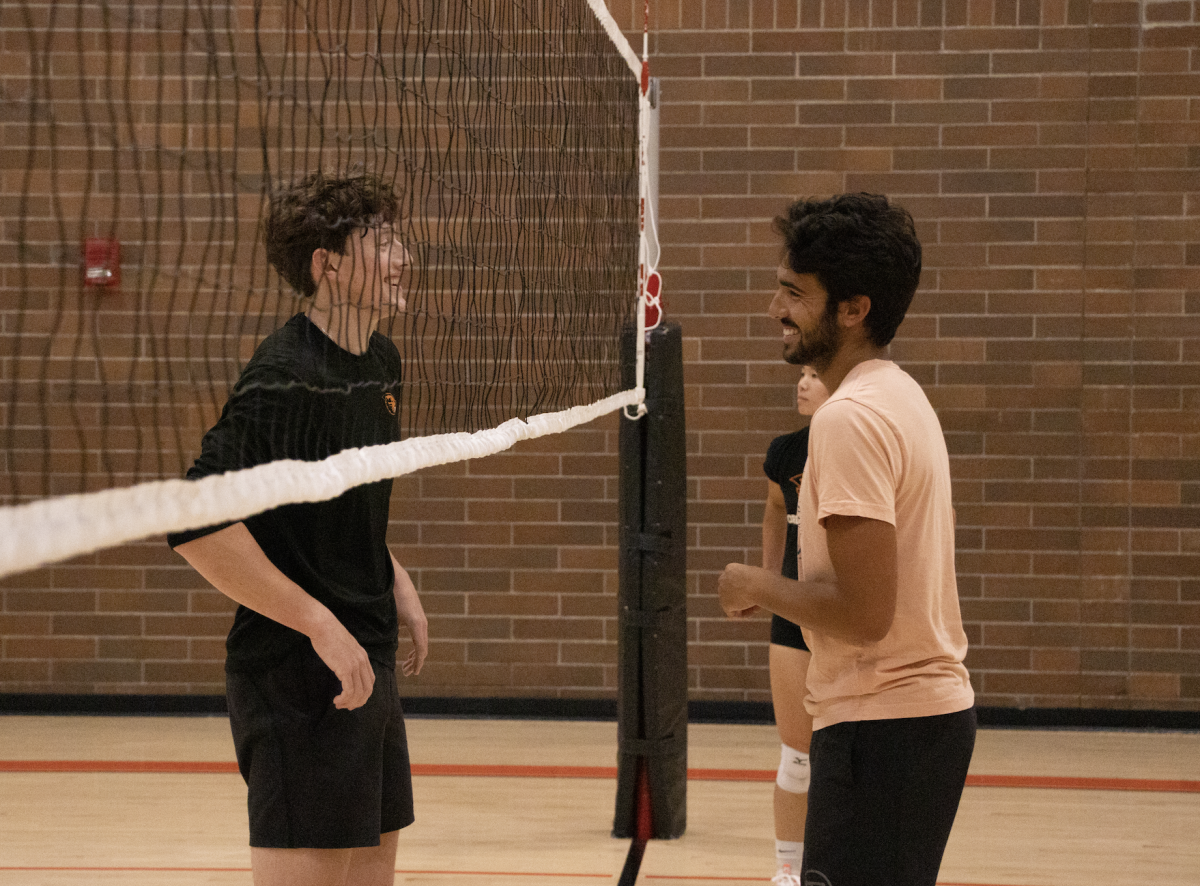






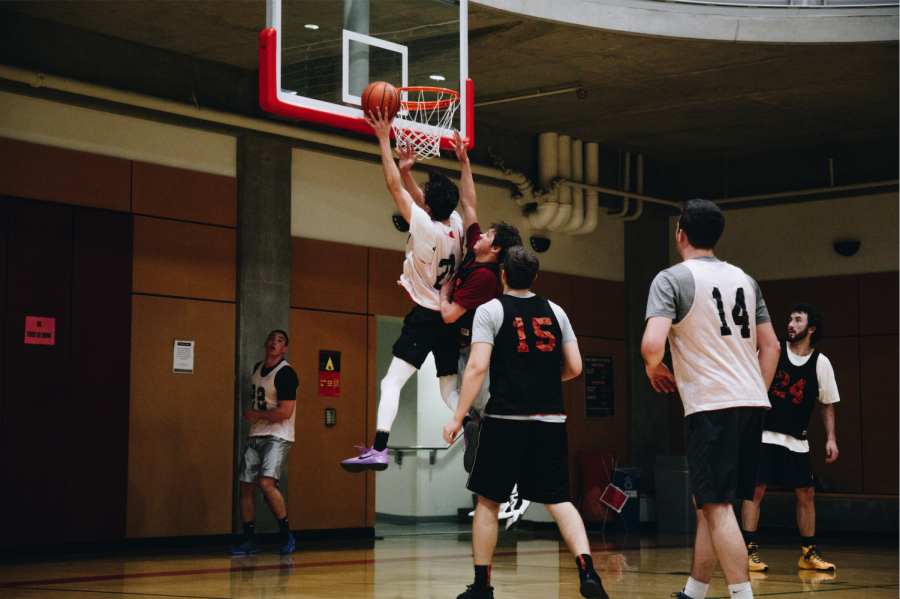
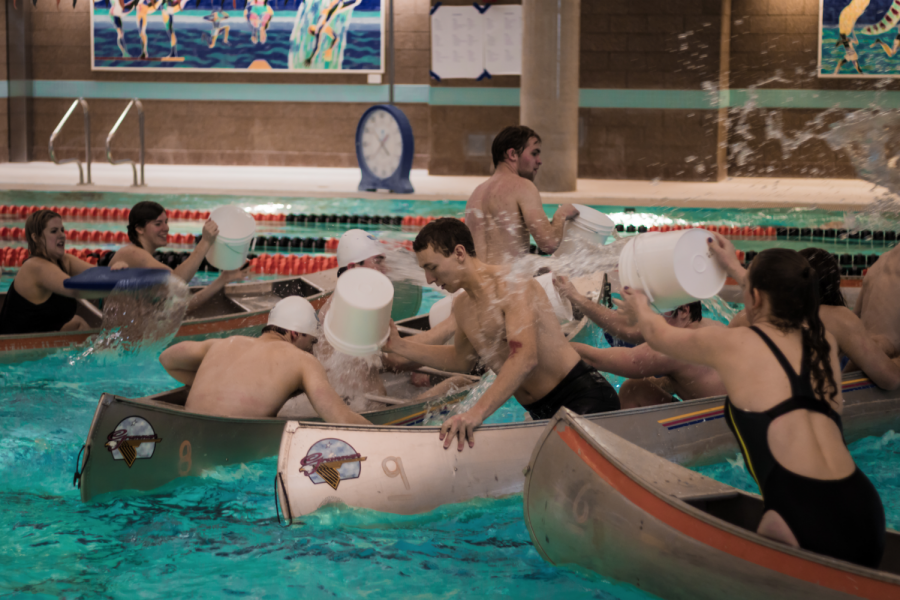
![Newspaper clipping from February 25, 1970 in the Daily Barometer showing an article written by Bob Allen, past Barometer Editor. This article was written to spotlight both the student body’s lack of participation with student government at the time in conjunction with their class representatives response. [It’s important to note ASOSU was not structured identically to today’s standards, likely having a president on behalf of each class work together as one entity as opposed to one president representing all classes.]](https://dailybaro.orangemedianetwork.com/wp-content/uploads/2025/03/Screenshot-2025-03-12-1.00.42-PM-e1741811160853.png)

